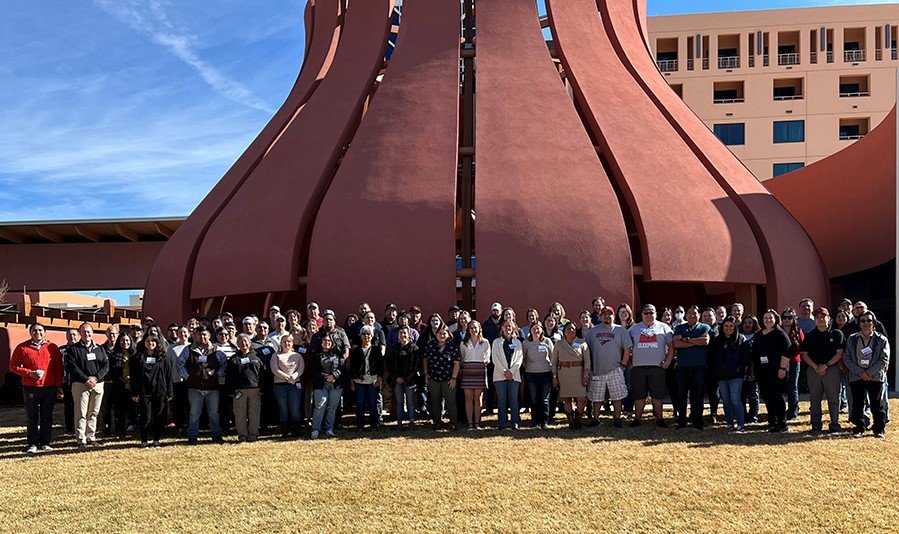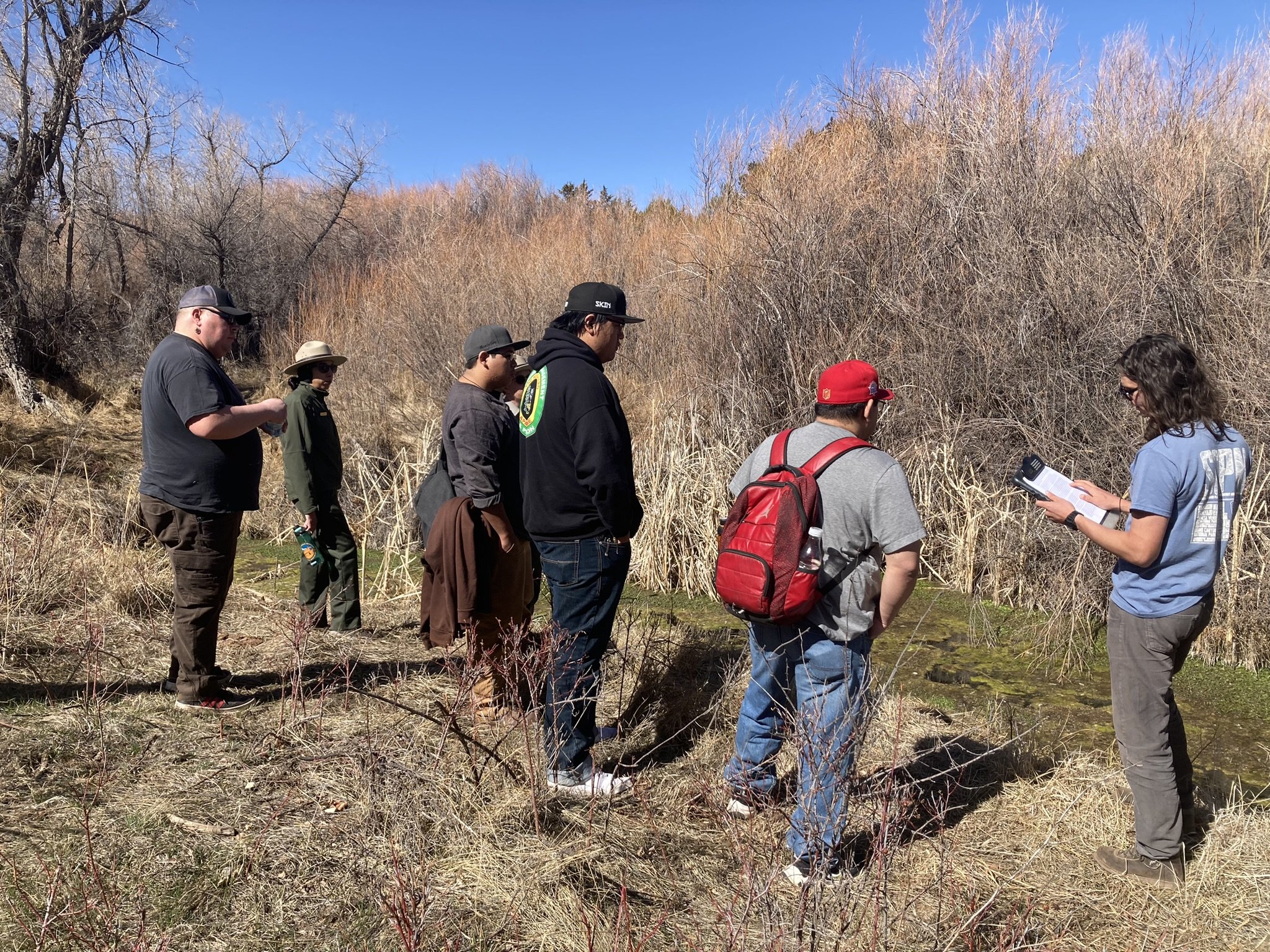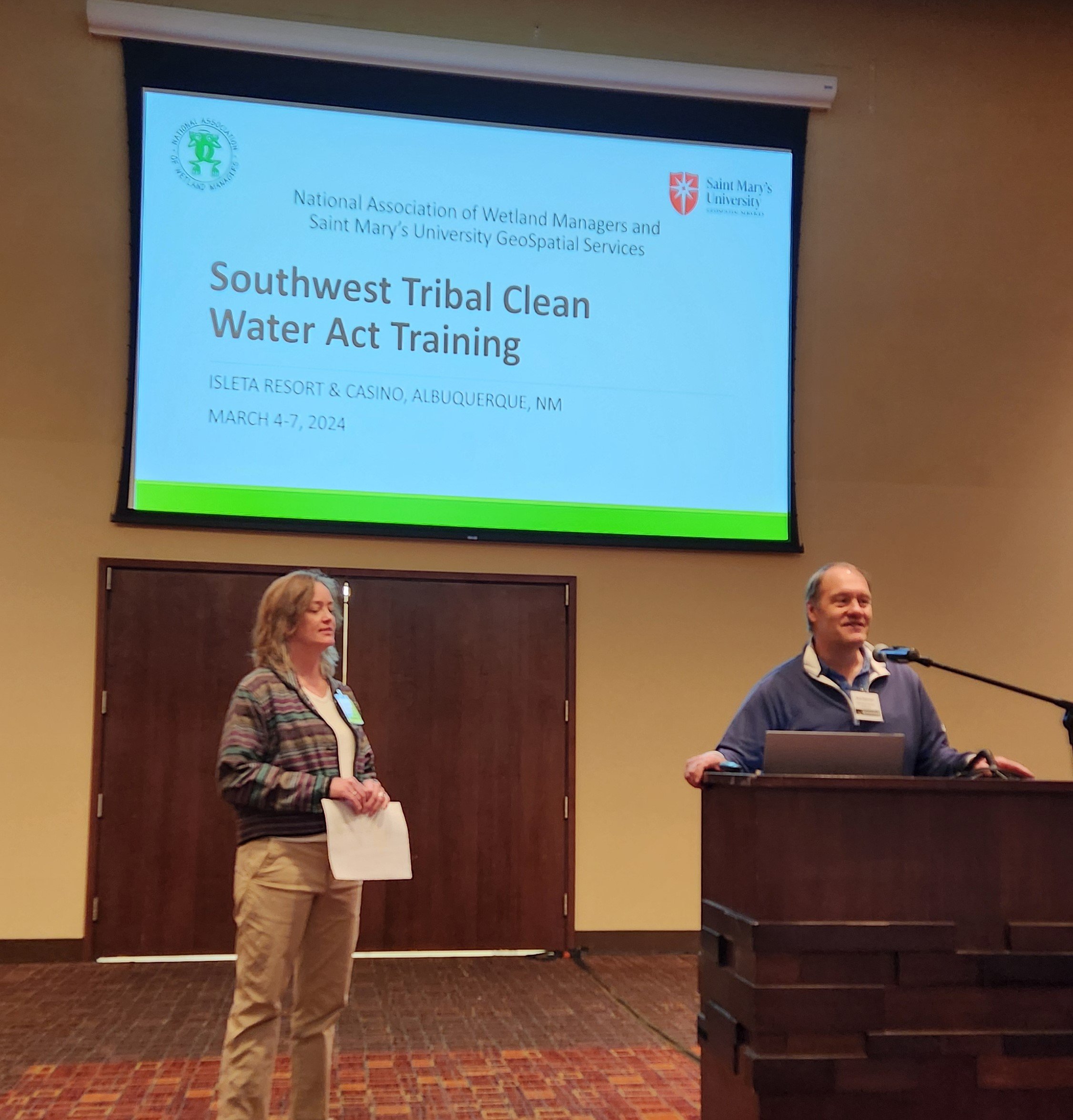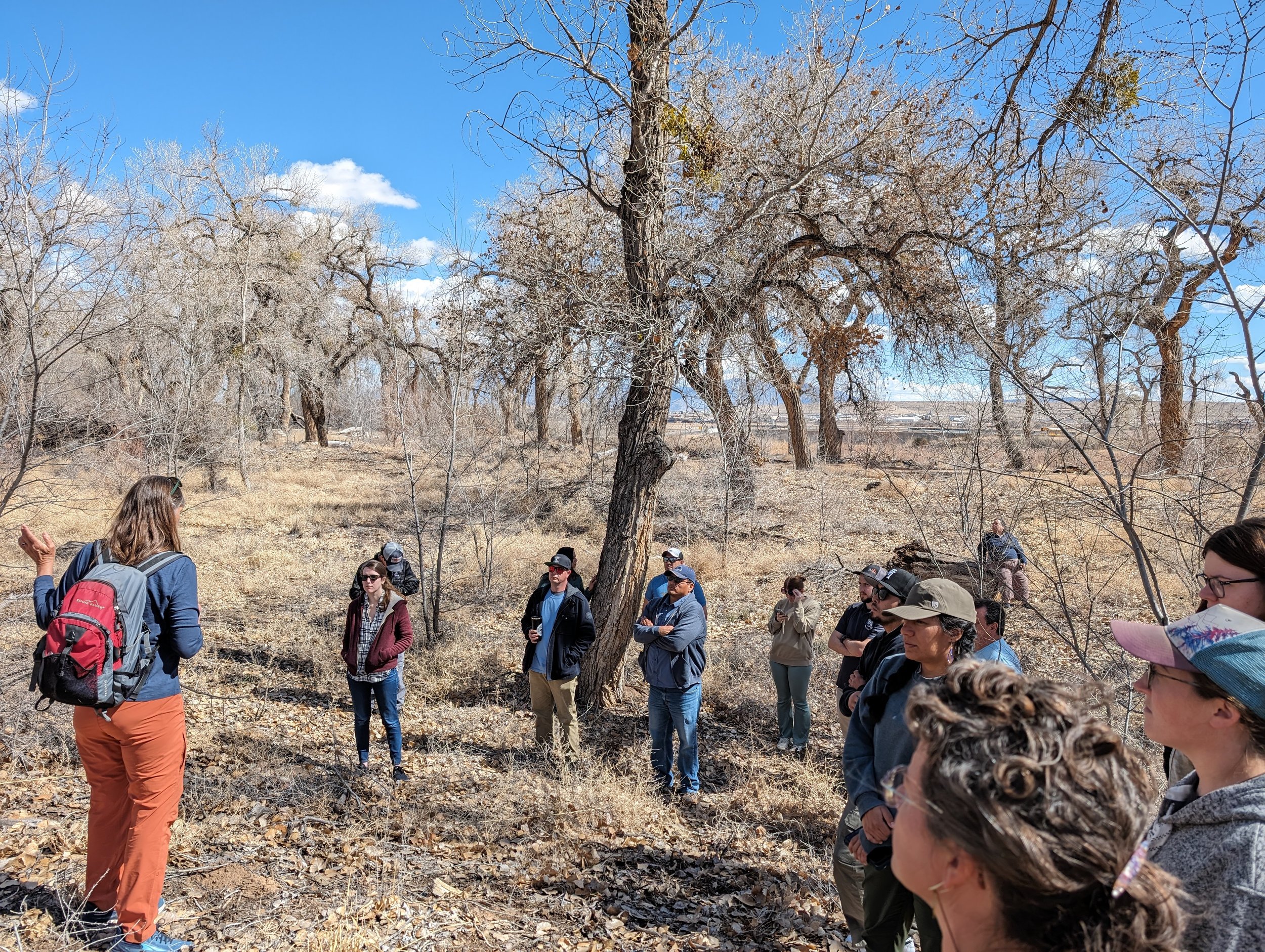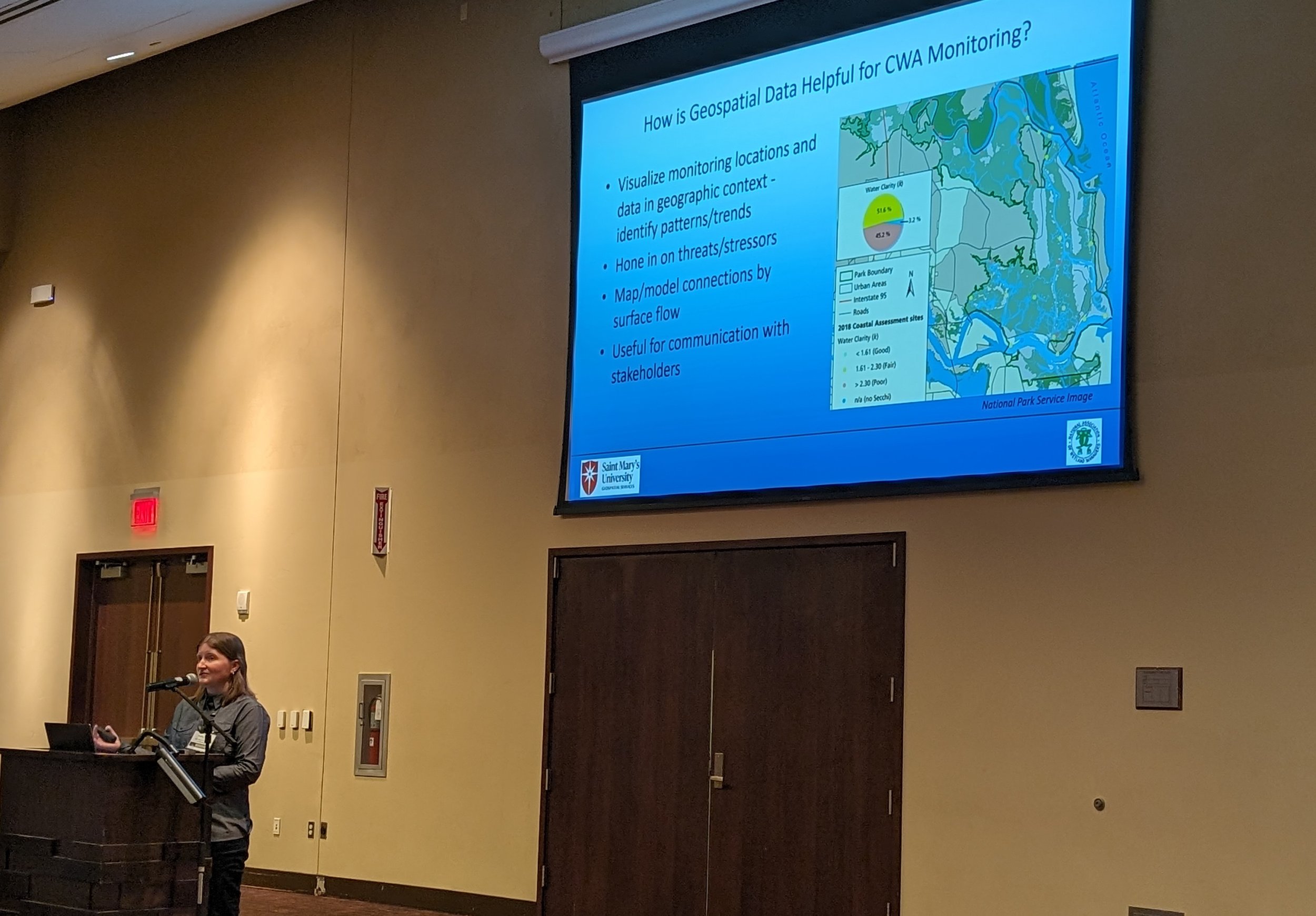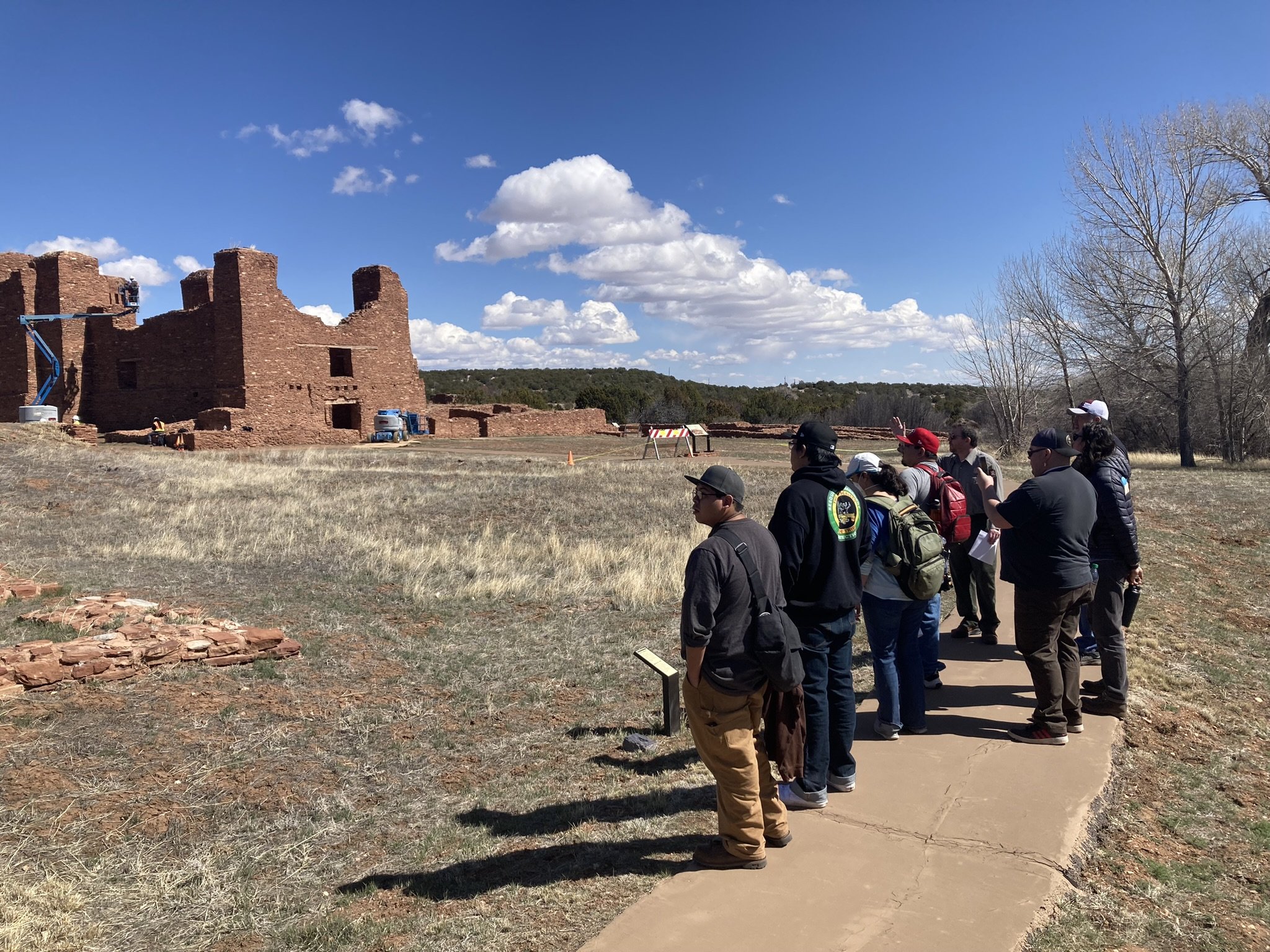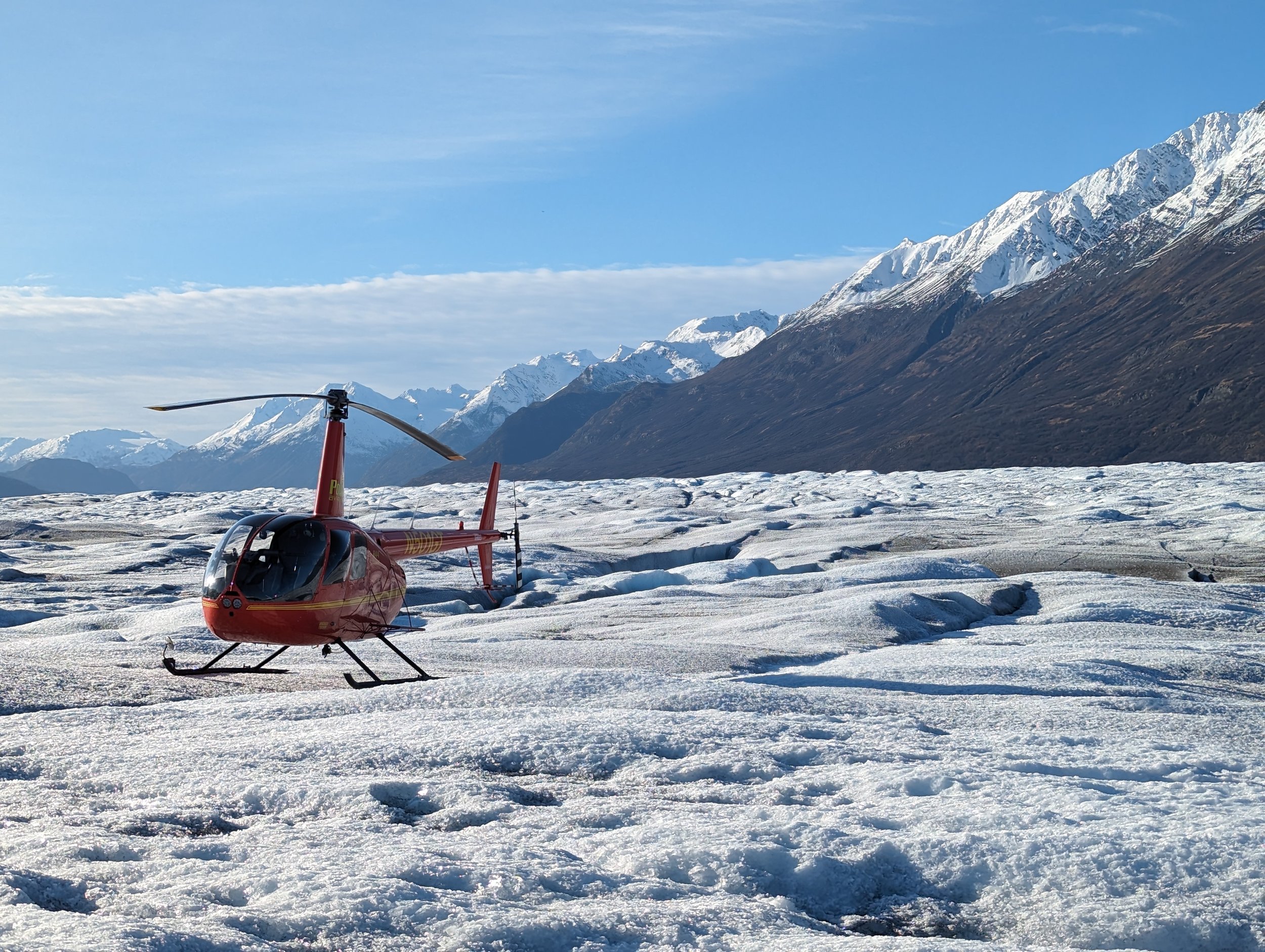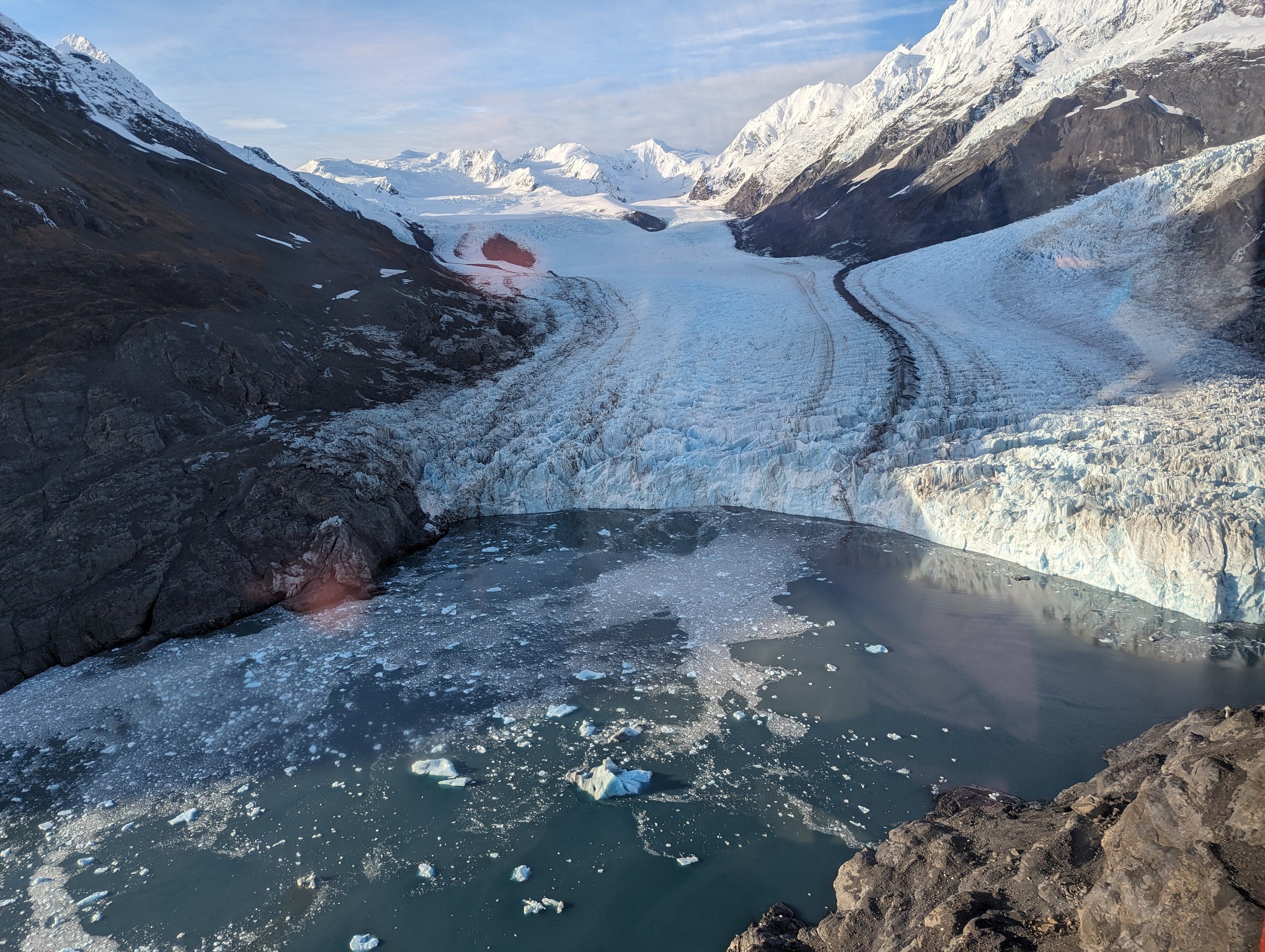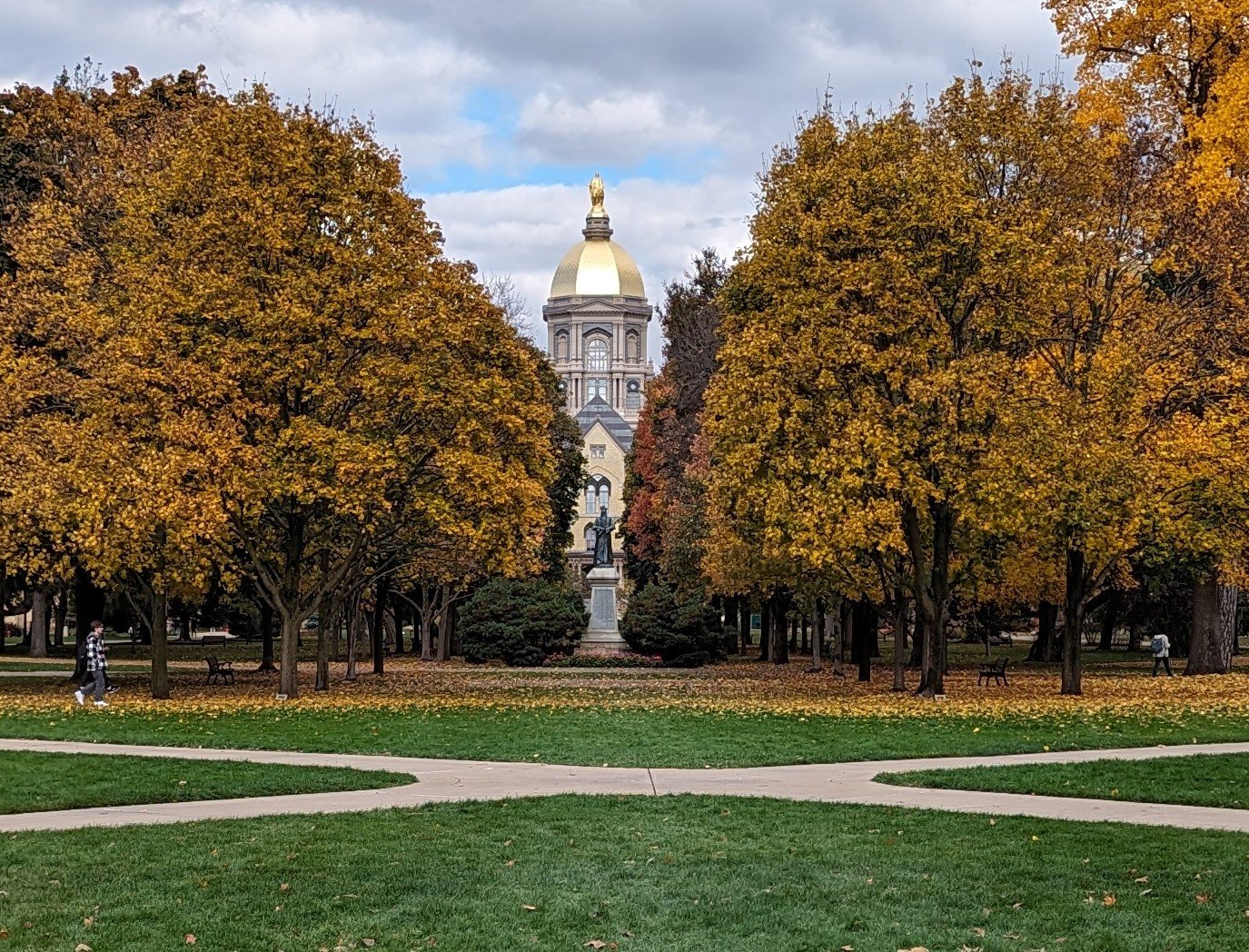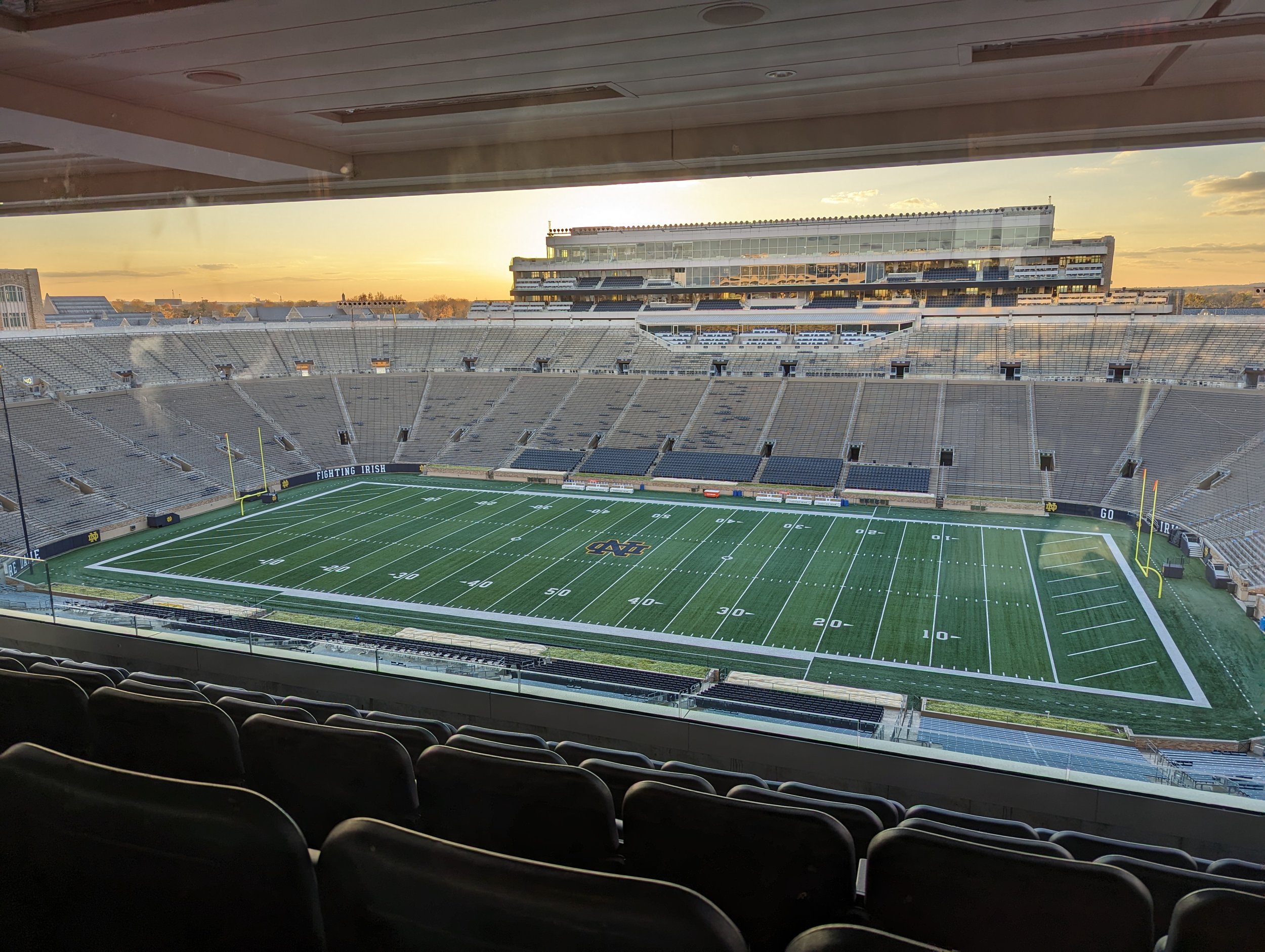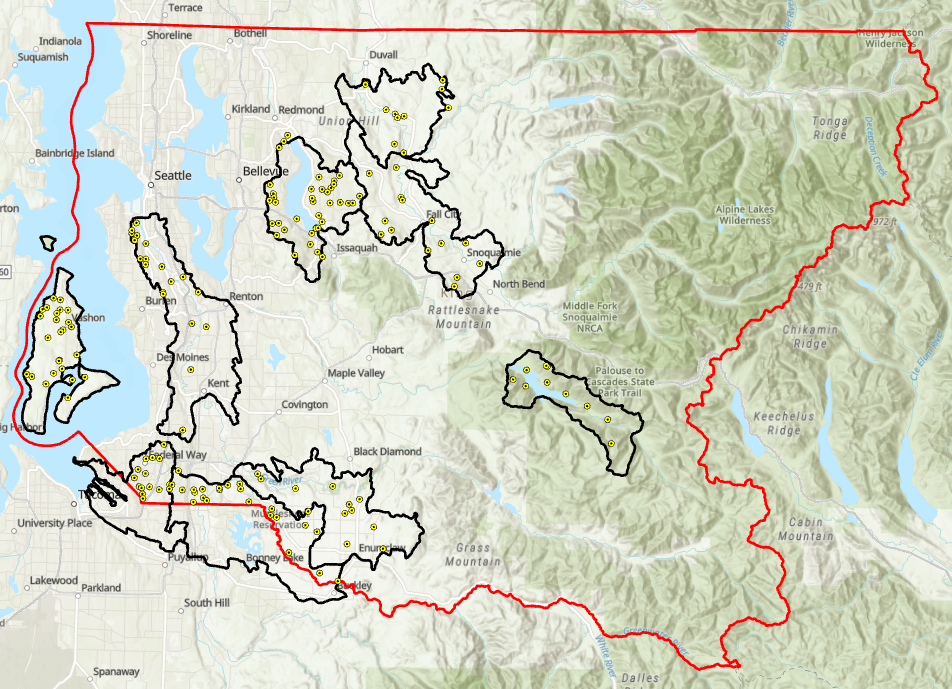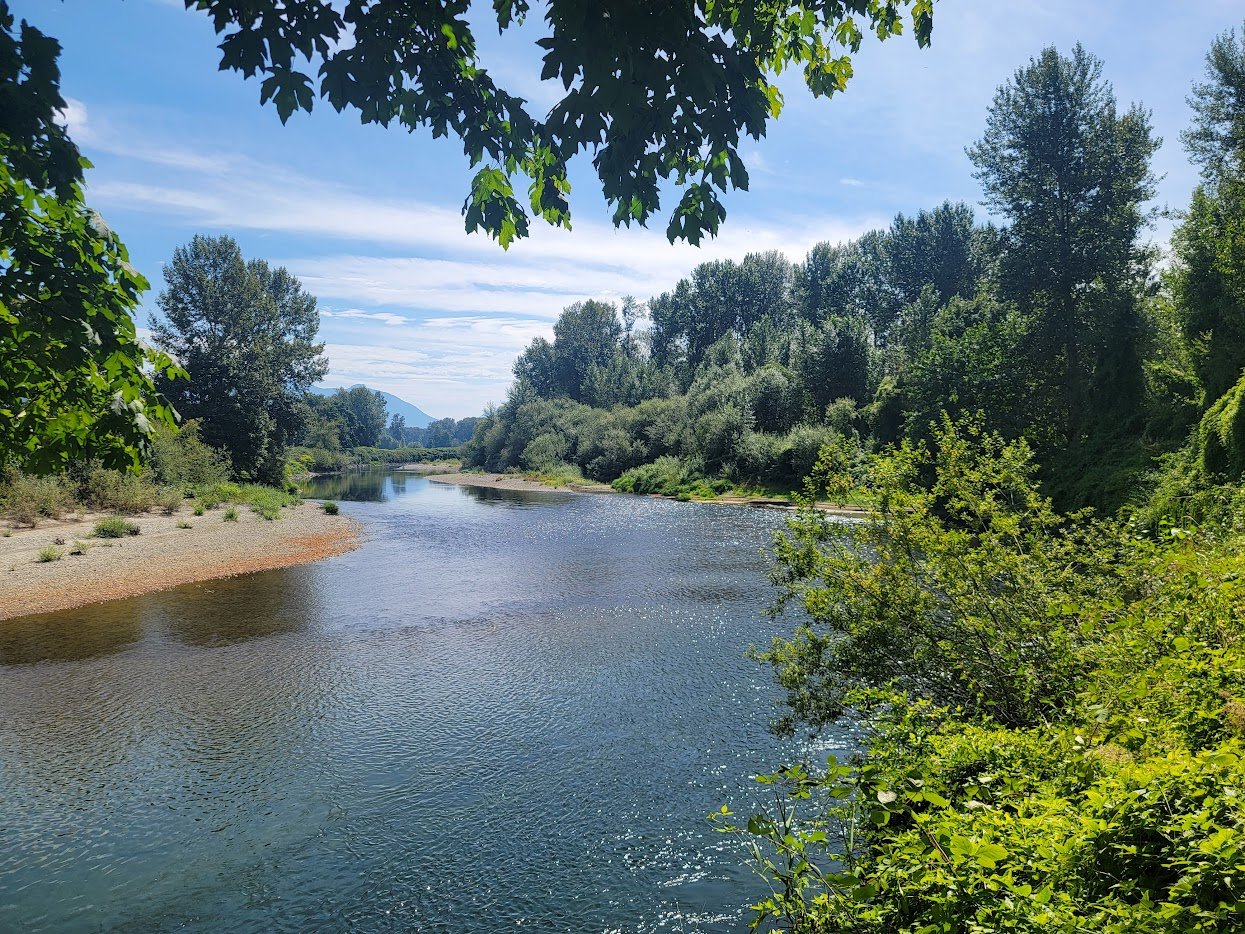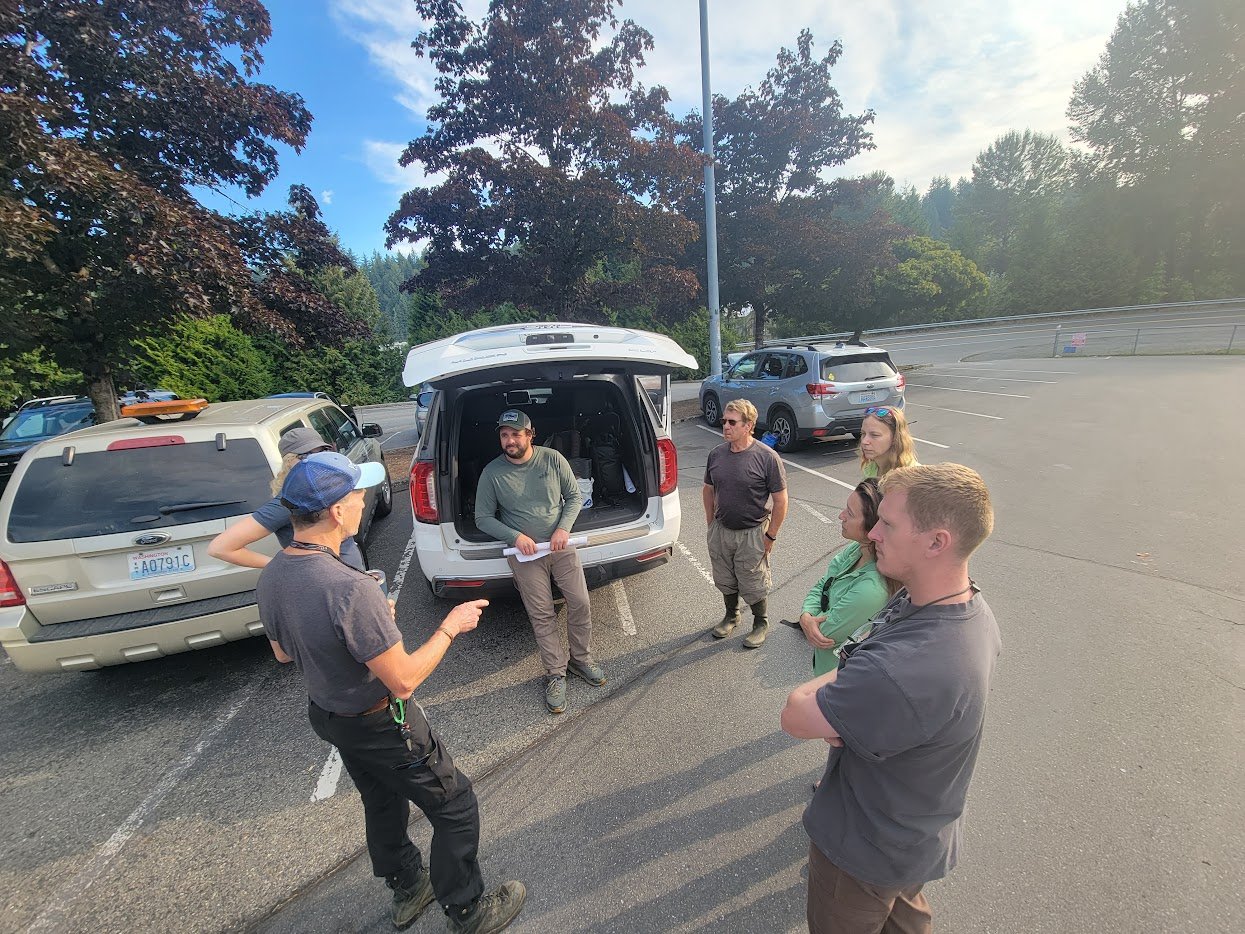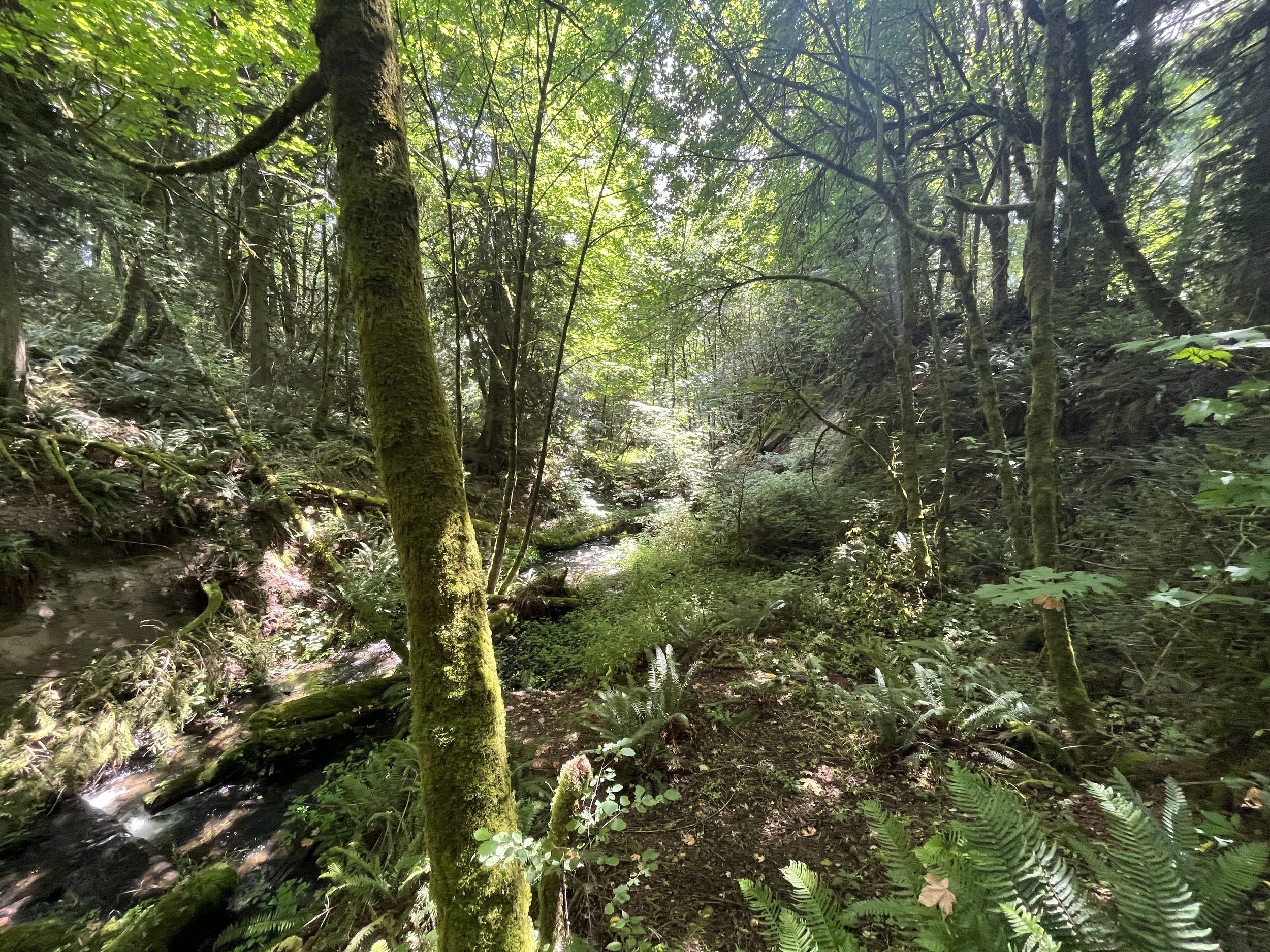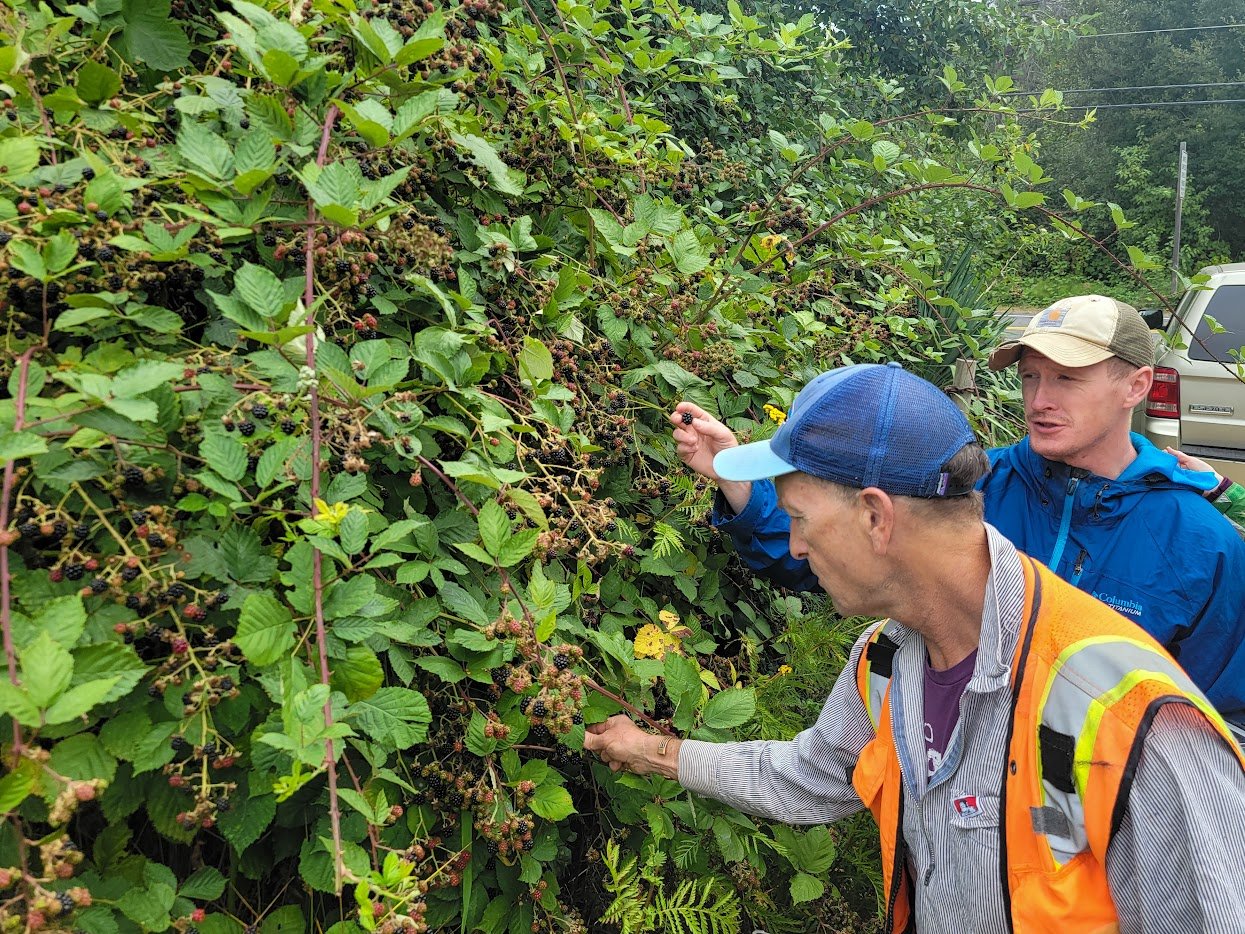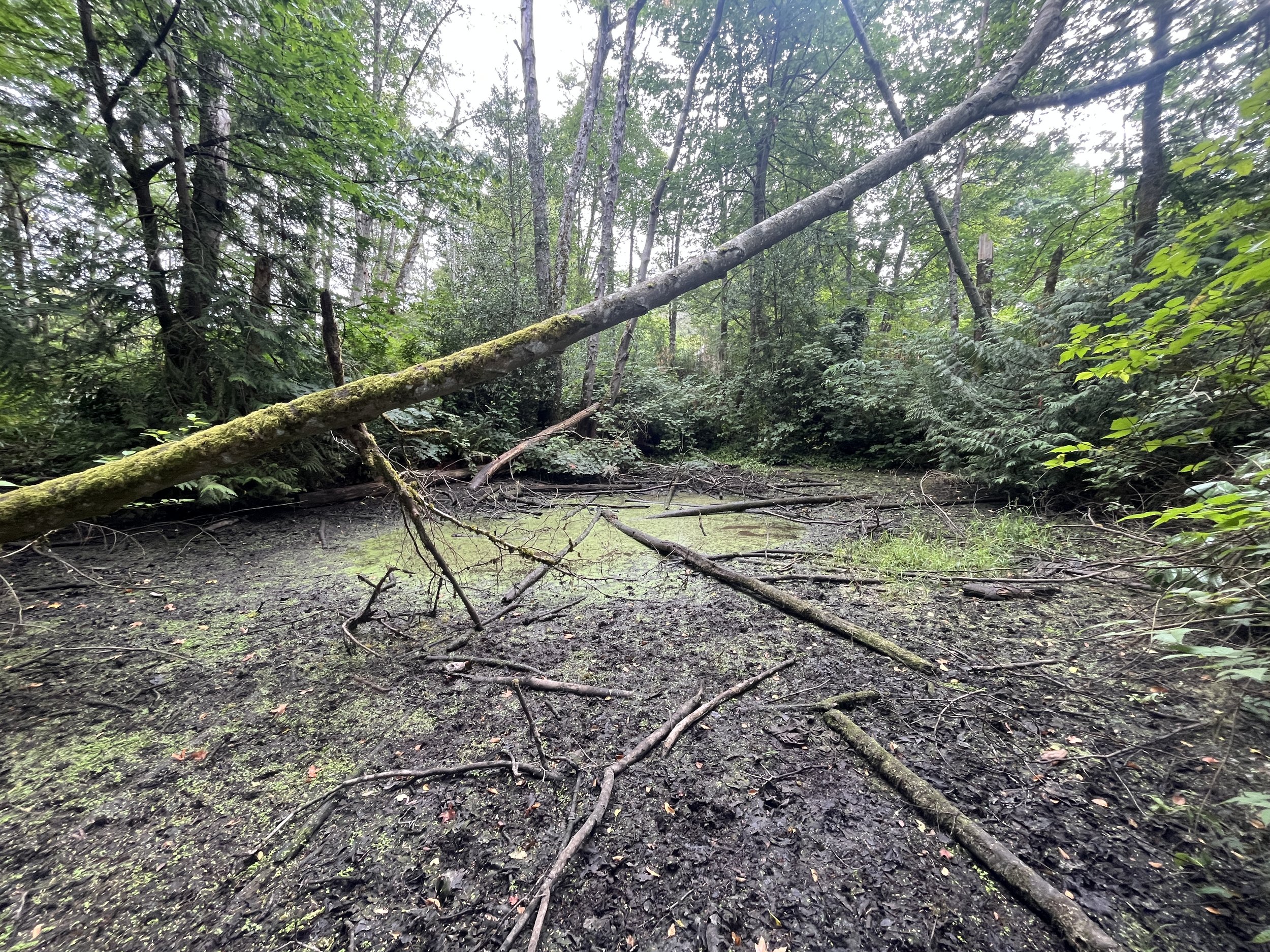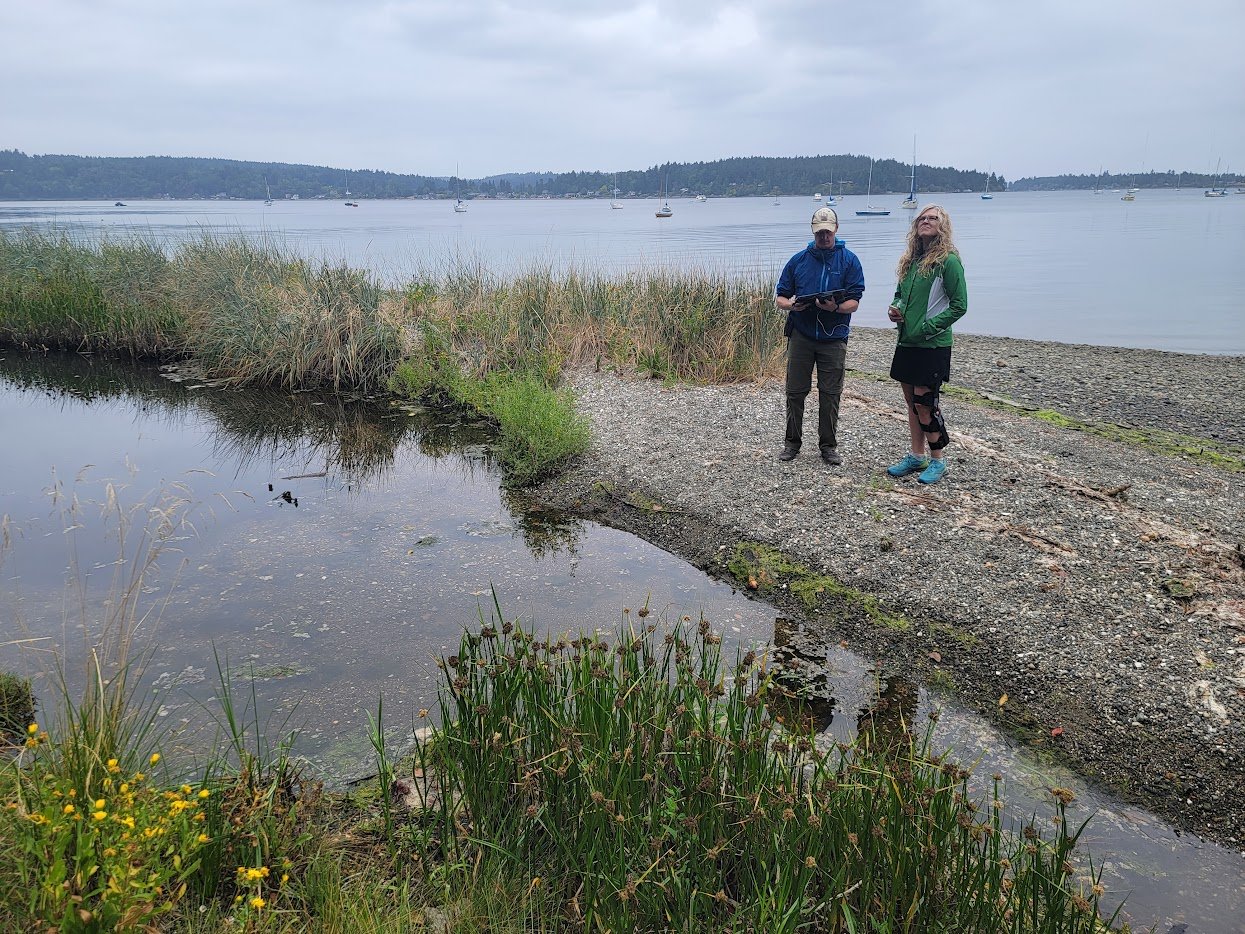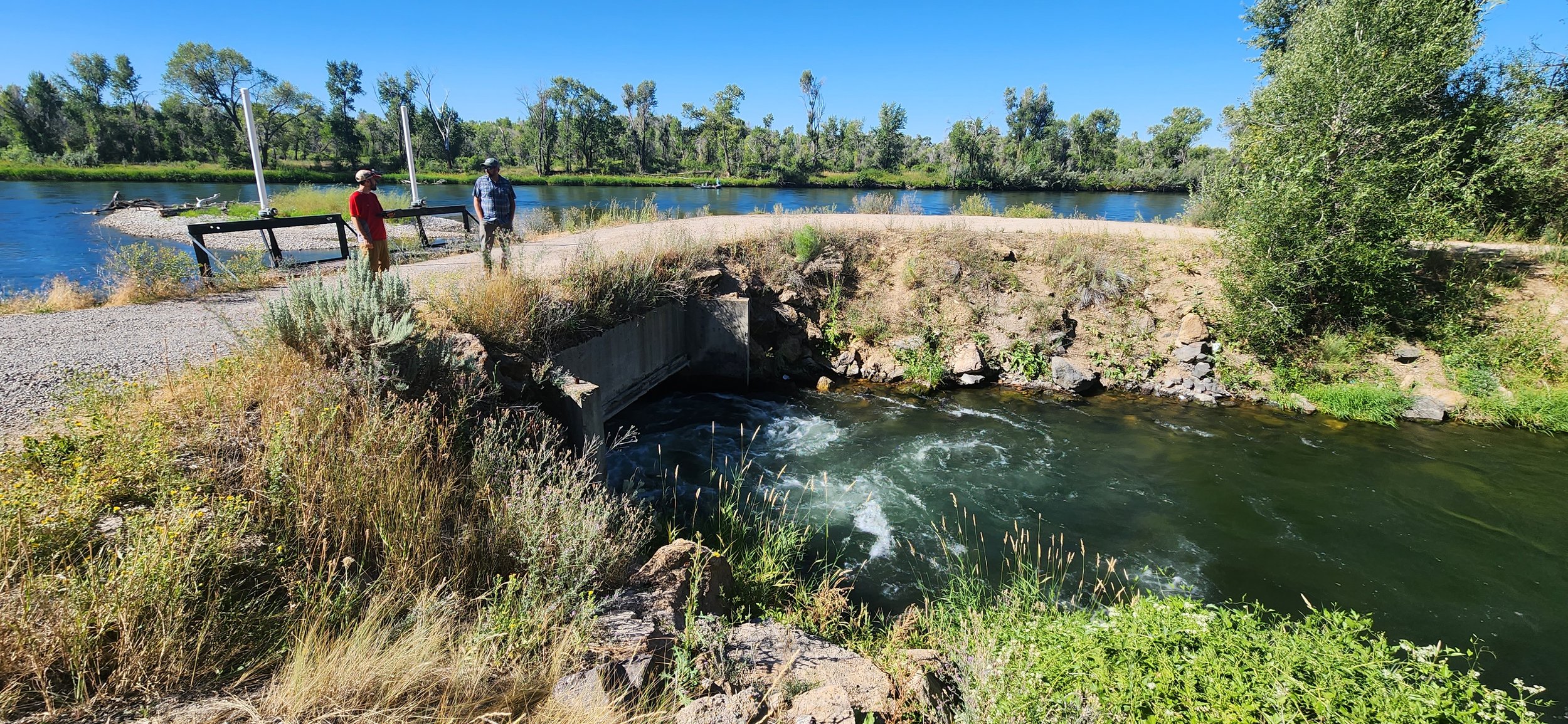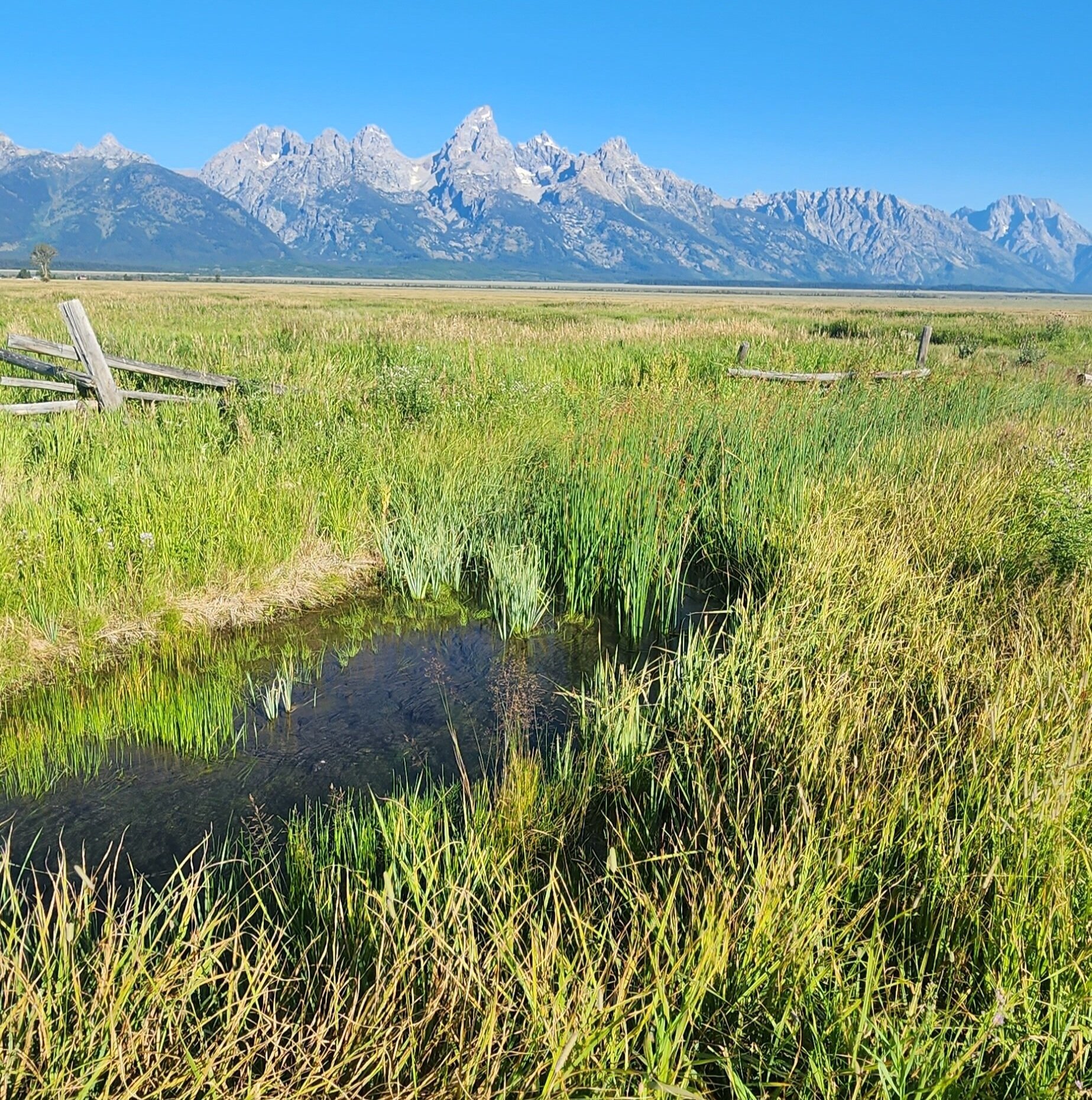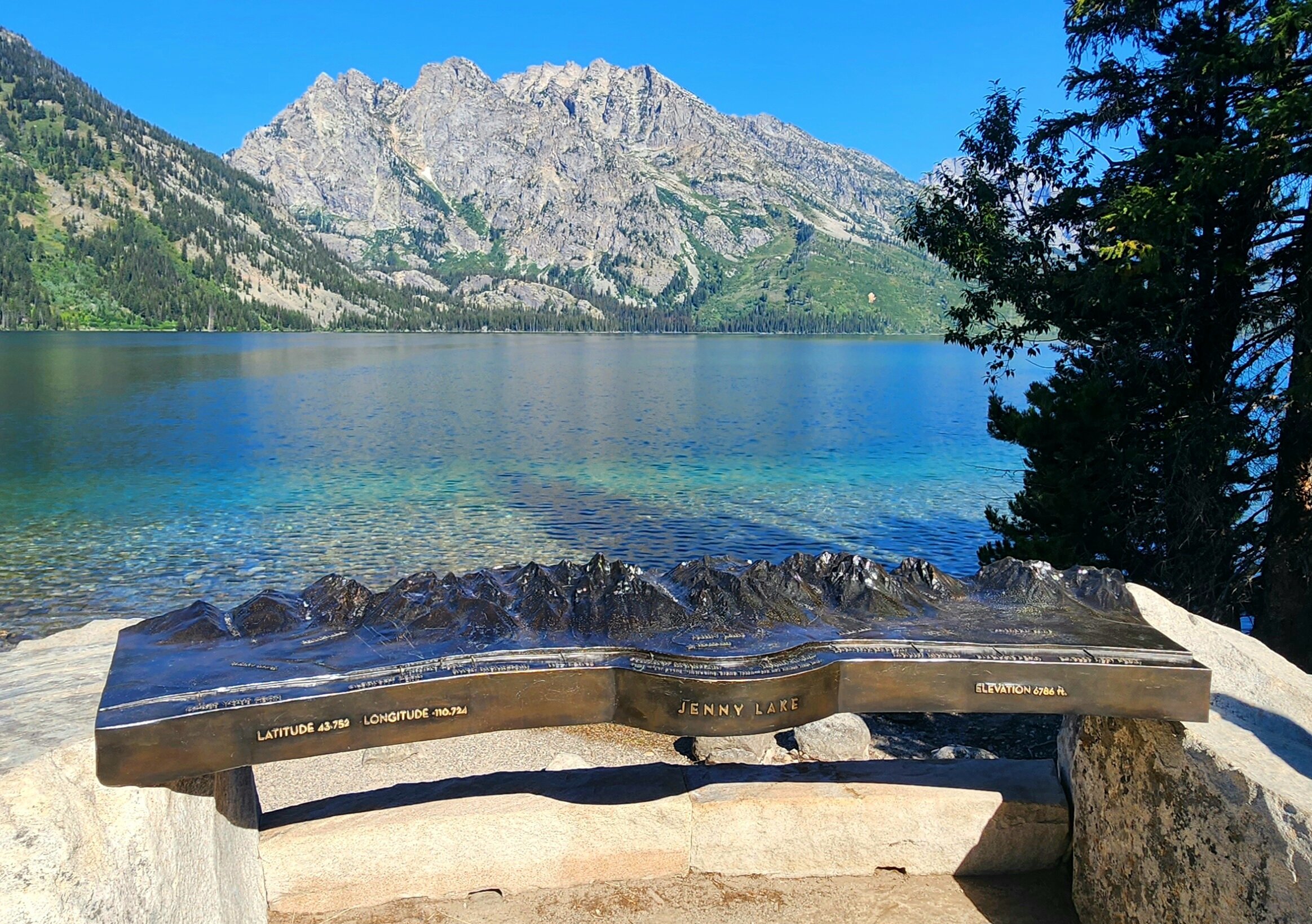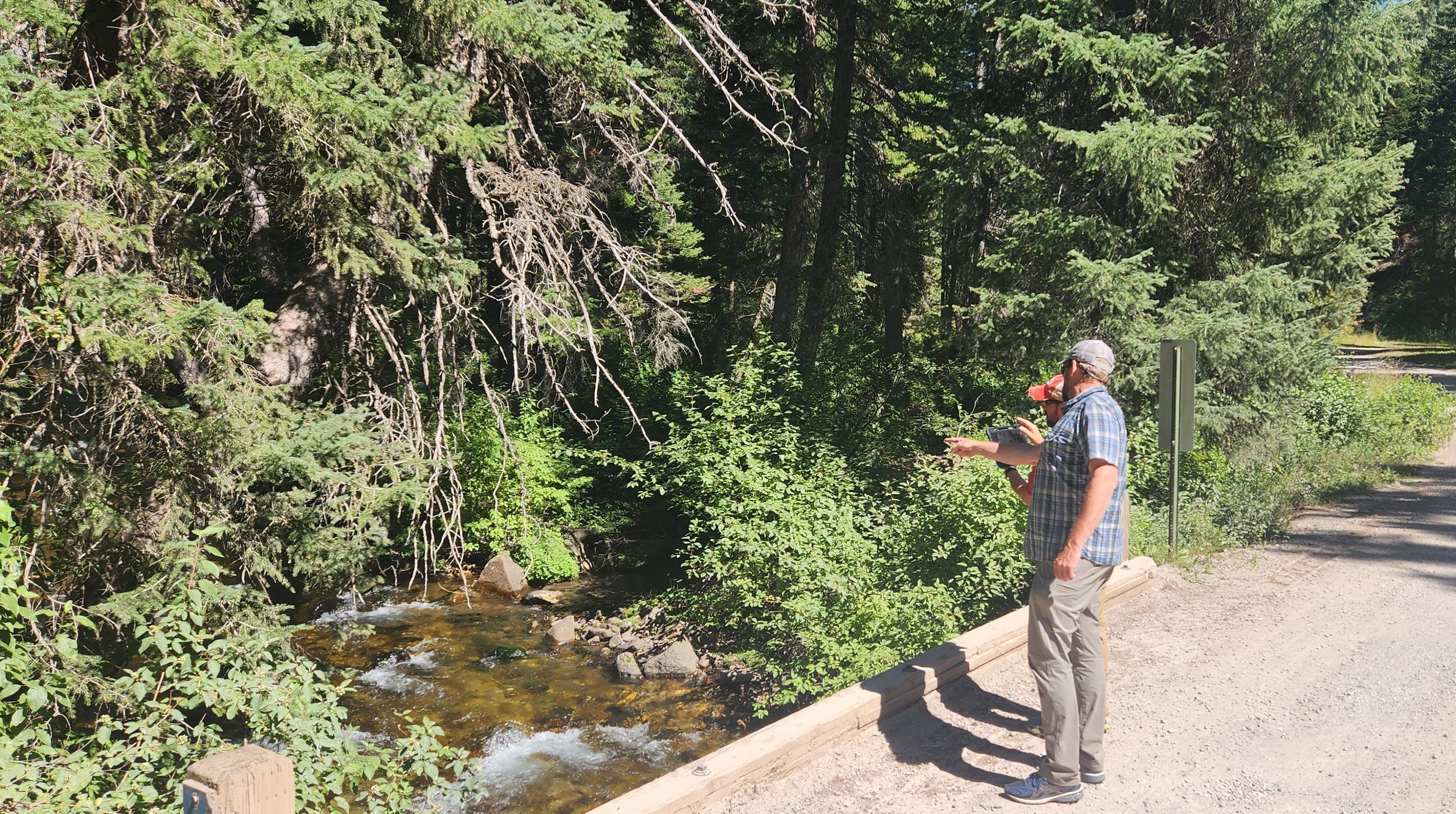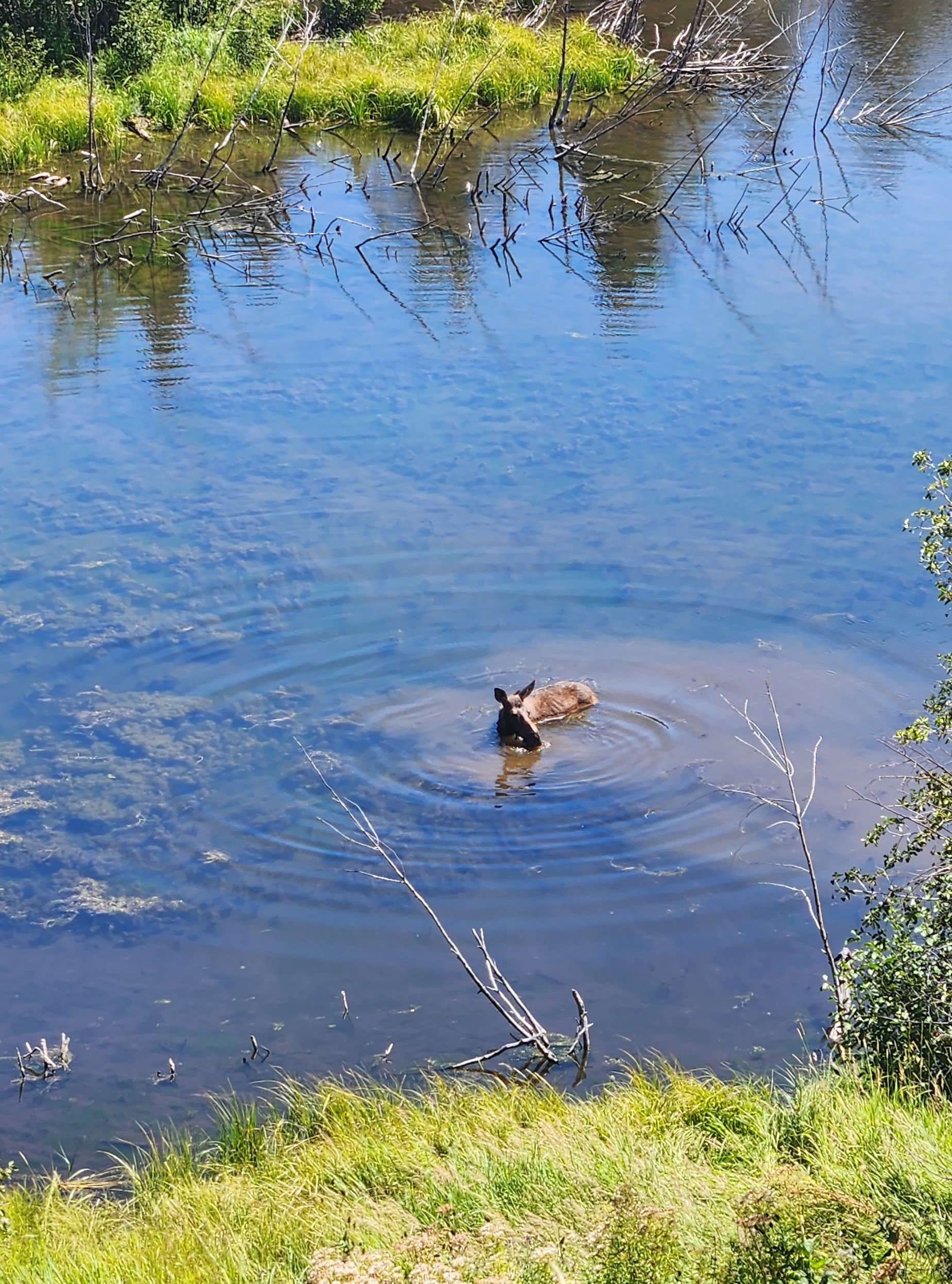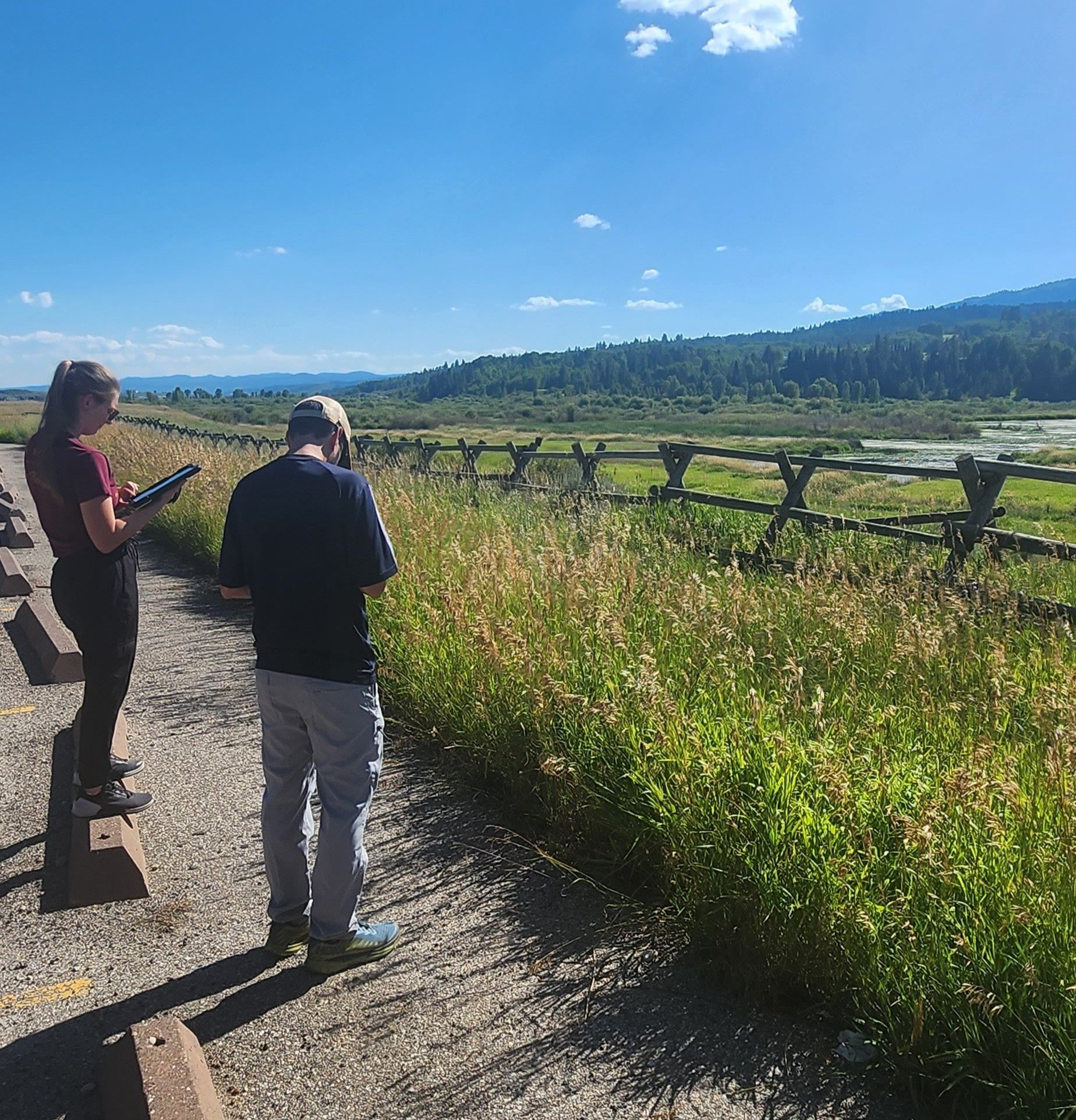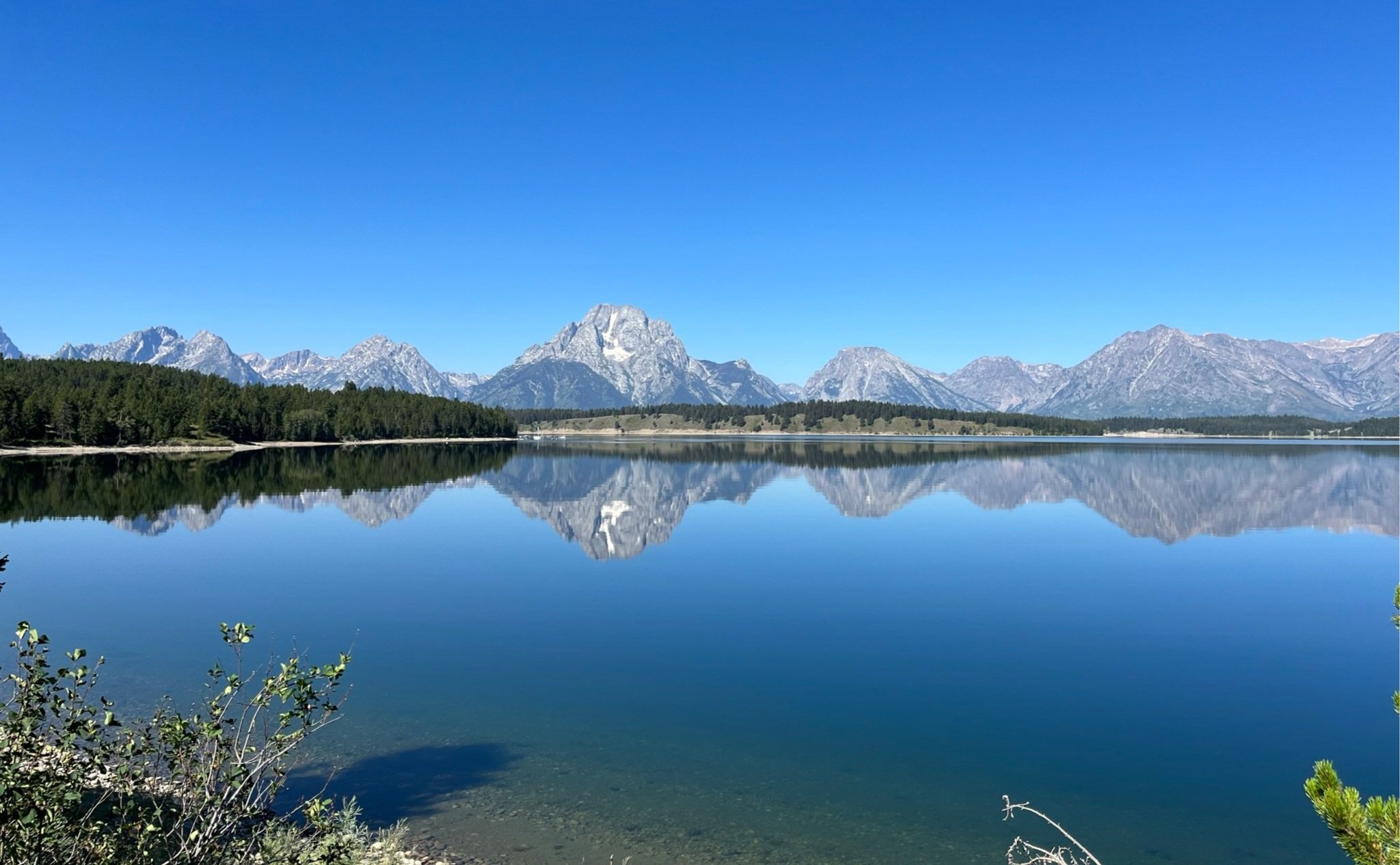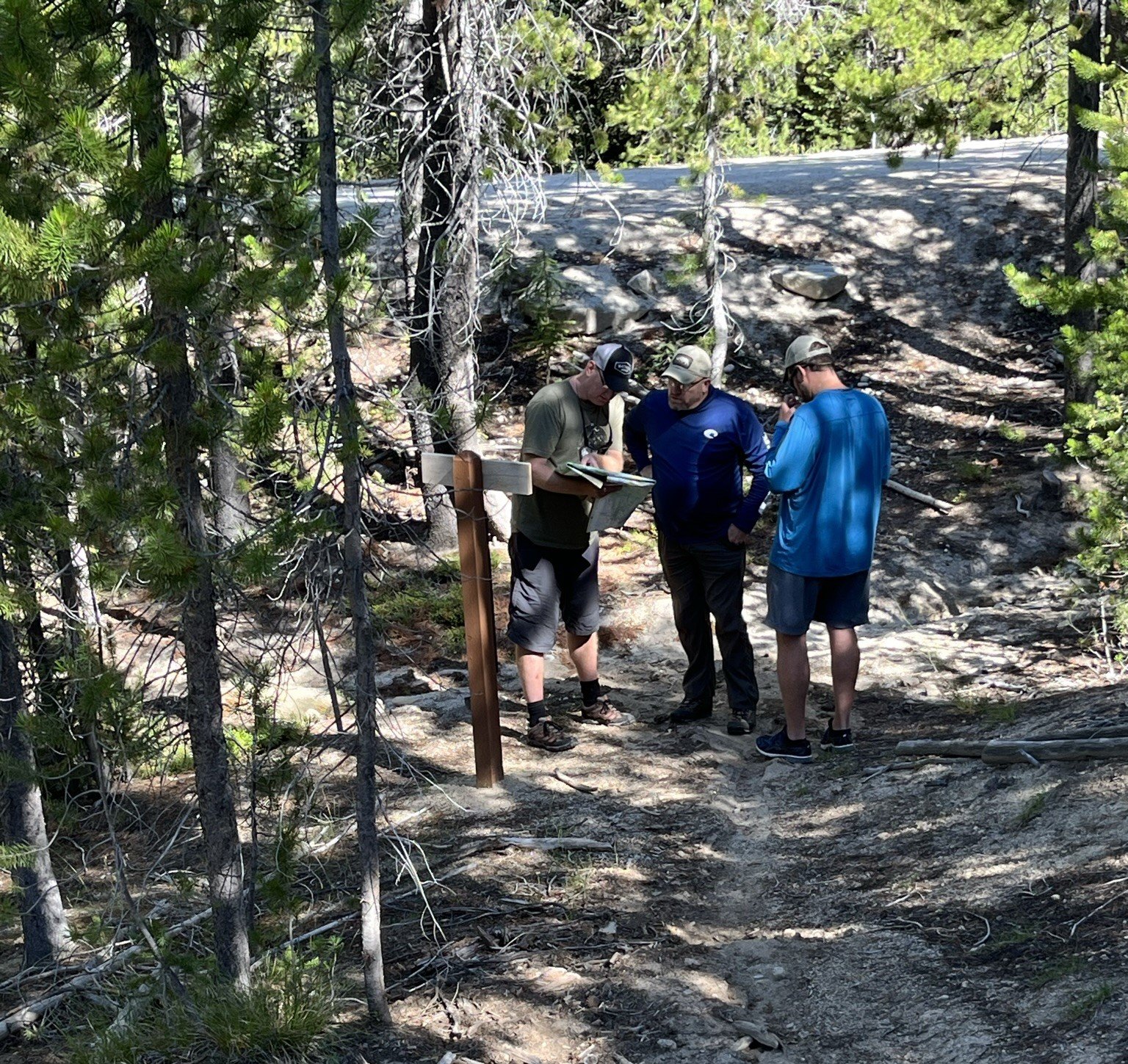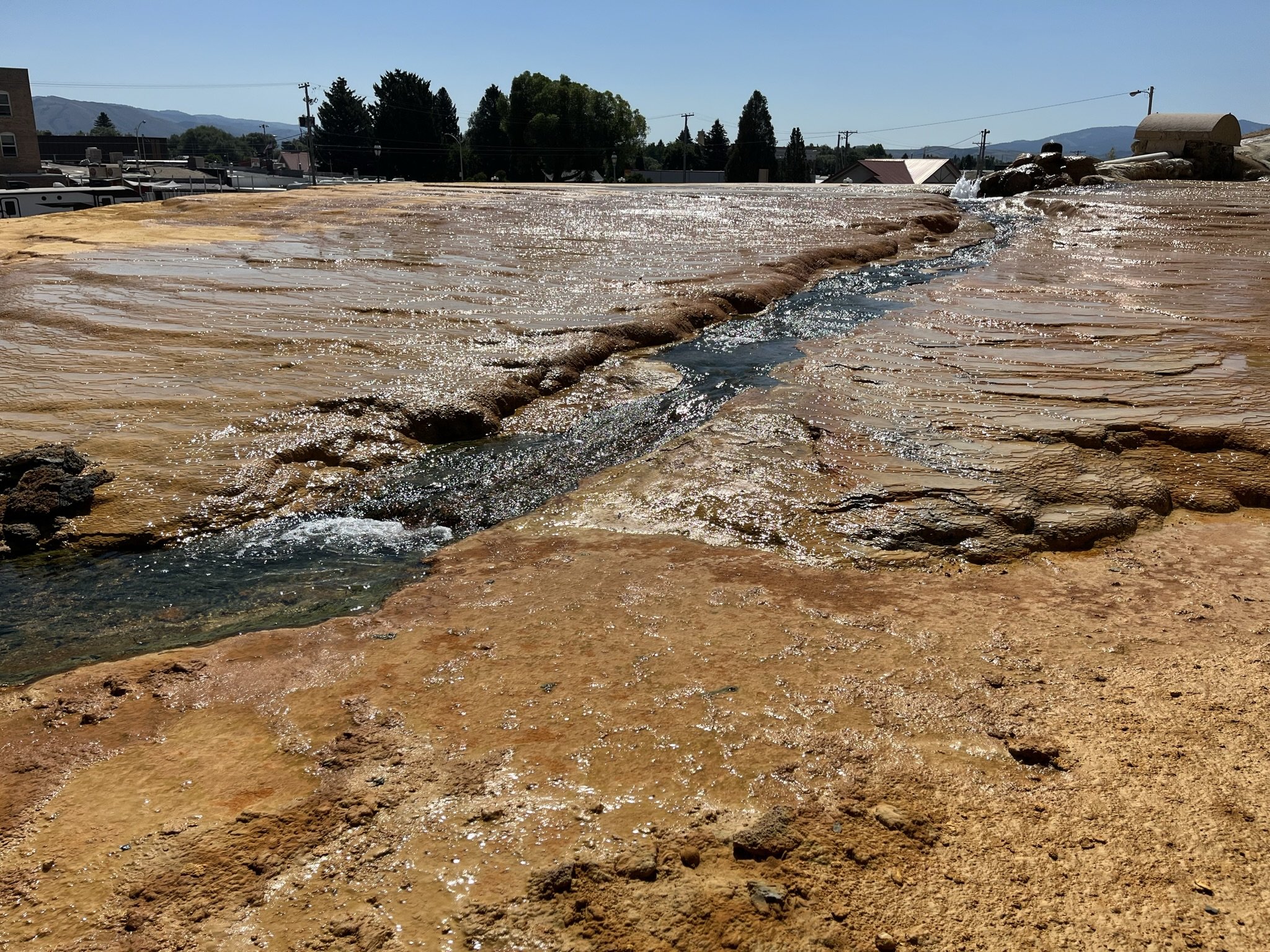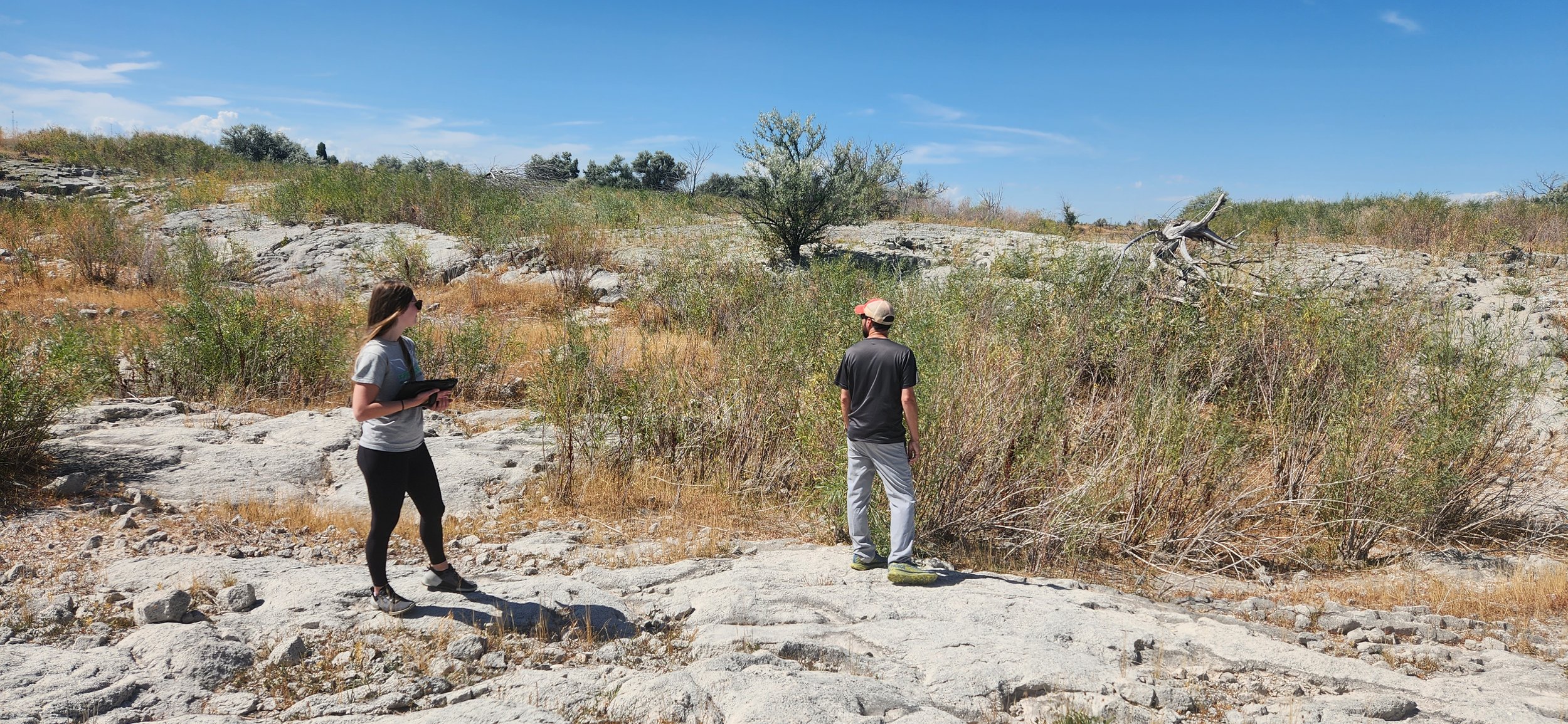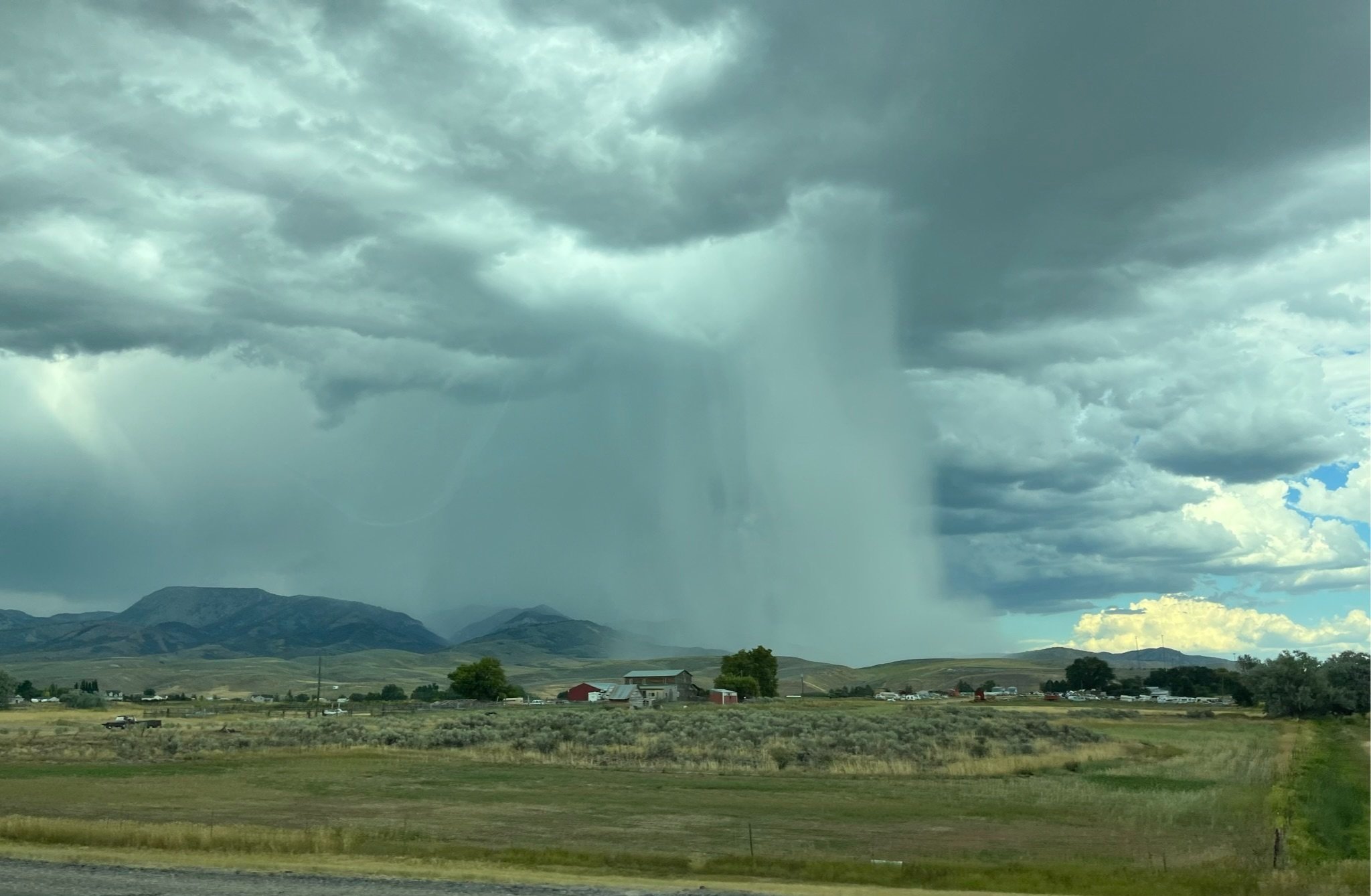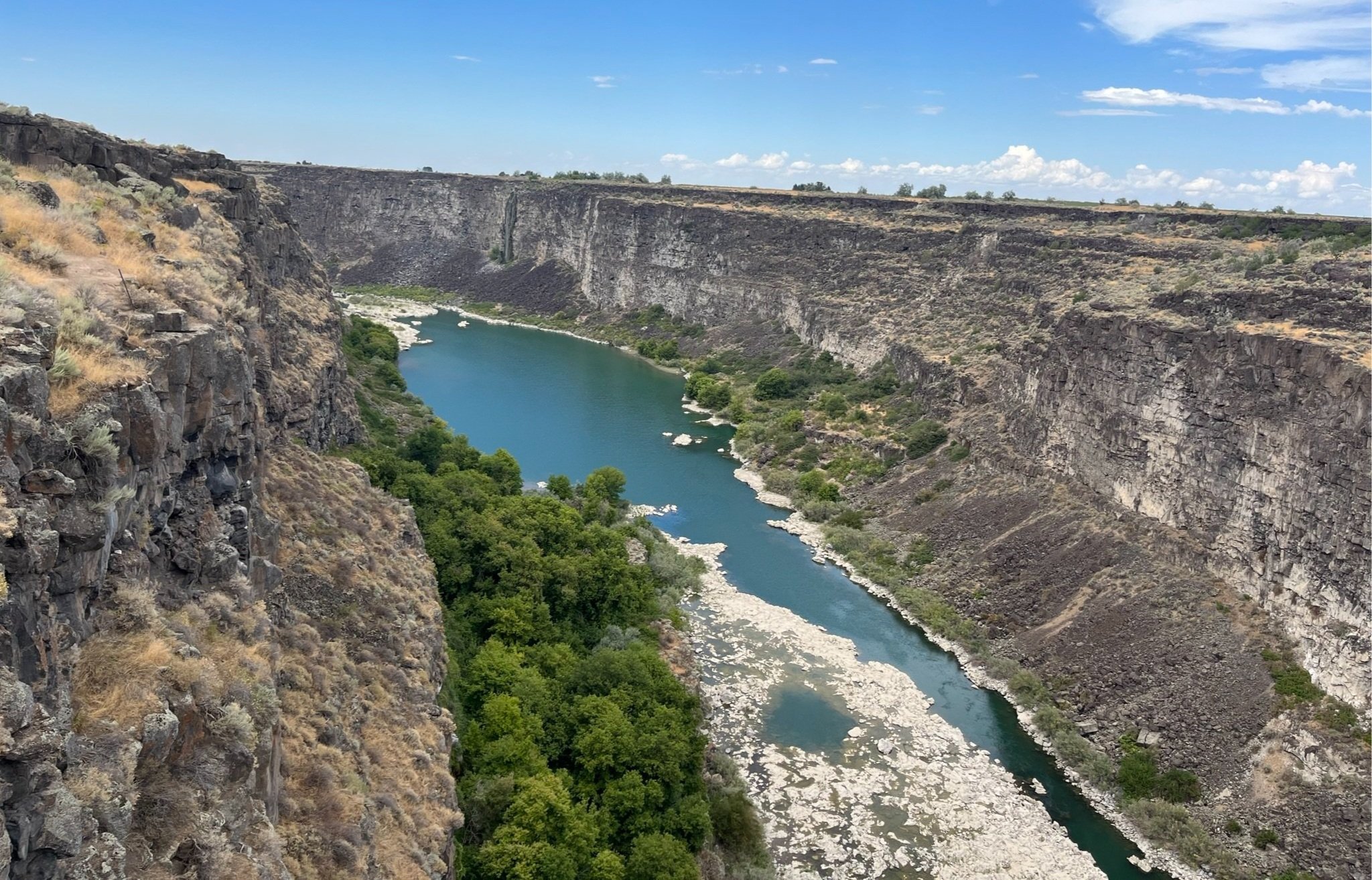
NEWS
GSS Travels to Vermont
In mid-May, Kevin Stark, Nick Lemcke, and Zack Ansell spent a week in the Winooski and Otter Creek tactical basins of central Vermont, ground-truthing wetland mapping for an NWI update project with the state’s Department of Environmental Conservation (DEC). The GSS team was joined in the field by wetland ecologists and environmental analysts from the DEC, as well as the U.S. Fish and Wildlife Service’s Regional NWI Coordinator. Vermont is a very diverse landscape and contains many different wetland types, including open water ponds, floodplains, marshes and swamps, bogs, fens, wet meadows, and vernal pools. Over the week, the crew traveled an area roughly between Montpellier, Burlington, and Middlebury, visiting various wetlands from the Winooski River floodplain to Chittenden Reservoir in the Green Mountain National Forest. Different focuses were on saturated forested wetland environments, agricultural fields, and river floodplains. The diversity of forested wetlands in the state is very interesting, with a wide variety of tree species including spruce, fir, cedar, tamarack, hemlock, ash, and maples.









GSS Returns to New Mexico
In mid-April, Andy Robertson and Zack Ansell spent a week in northern New Mexico, reviewing wetland data as part of the New Mexico Mapping update project. The main objective of this trip was to look at the past wetland mapping, especially in the major river corridors, as the project's current focus is updating floodplain mapping and narrow linear habitat connections. They also explored how some of the wetland landscapes have changed due to restoration projects. While in the field, Andy and Zack spent time with wetland staff from the New Mexico Environment Department (NMED) and the U.S. Fish and Wildlife Service Regional Wetland Coordinator, as well as project partners from the non-profits Rio Grande Return and Amigos Bravos.
The team started out in Santa Fe, headed north to Taos, and continued towards the Cruces Basin Wilderness Area. They then turned east to Clayton, near the Texas border, and worked south, down to Ute Reservoir, before heading west along the Canadian River back towards Santa Fe. All together, they traveled roughly a 2,000 mile loop. Highlights of the trip included seeing the impacts of restoration work in high-elevation wetlands, and how quickly water regimes can change as a result. For example, beaver dam analog restoration sites showed many benefits, not only for wildlife and water quality but also for local agricultural communities.









Robertson travels to D.C.
In mid-March, GSS Executive Director Andy Robertson was in Washington, D.C., to advocate for additional funding for the National Wetland Inventory (NWI) program. NWI data is utilized for many different analysis projects in the private, non-profit, and government sectors, and is estimated to save the U.S. Army Corps of Engineers $8.25 million annually by providing information for their Clean Water Act decision process. Wetlands are a critical component of our environment, providing an estimated $7.7 trillion in benefits each year (flood protection, erosion control, nutrient cycling, groundwater recharge, etc.). Yet 63% of the NWI information is over 30 years old, and the state of Alaska still has not been completely mapped. Funding for the NWI program has been flat since 2016. An additional $4 million has been in the proposed federal budget for the past 3 years but has been cut from the final budget every year. GSS is joining our partners, Ducks Unlimited and the National Association of Wetland Managers (NAWM), in asking Congress for enough funding to complete a nationwide updated wetlands inventory by 2030, followed by updates every 5 years. While in D.C., Andy met with six different Congressional offices (five House and one Senate) to help the coalition make their case.
This map shows the years that current NWI data are based on - areas in red and orange have not been updated since the 1970s or 1980s, and cross-hatched areas do not currently have any data in the NWI.
GSS Assists with Clean Water Act Training for Tribal Staff
During the first week of March, Executive Director Andy Robertson and Natural Resource Analyst Kathy Allen traveled to Albuquerque, New Mexico, for a Clean Water Act (CWA) training that GSS helped plan, along with partners at the National Association of Wetland Managers (NAWM) and the U.S. Environmental Protection Agency (EPA). The training was attended by 92 staff members from 58 different tribal communities across the country. The first three days consisted of presentations from the EPA and partner groups, as well as tribal staff themselves, on topics ranging from water quality monitoring and data management to establishing water quality standards and proposed regulatory changes. Andy gave a presentation on using wetland functional assessments to develop a Section 404 monitoring and assessment program, while Kathy presented on what geospatial approaches can do for a CWA monitoring and assessment program. The training concluded with four options for a half-day field trip, where attendees had the opportunity to see and hear about local water quality issues firsthand. The field trips, all to current or historical local indigenous community sites, were coordinated by GSS. The planning team hopes to conduct similar trainings in other regions of the country in the next few years.
GSS Welcomes Alaska Staff
GSS has entered a new era by employing its first staff in the 49th state, Alaska!
GSS is excited to share the news of its partnership with the Bristol Bay Native Corporation (BBNC). The partnership is centered on the creation of updated wetland maps for the National Wetland Inventory (NWI) but also includes creating opportunities for BBNC shareholders and residents of the region to be involved with some of the work being done in the area. The first of these opportunities has resulted in GSS hiring two staff members who will work remotely from Anchorage, Alaska.
BBNC is one of twelve Native Corporations formed in 1971 when the U.S. Congress passed the Alaska Native Claims Settlement Act (ANCSA). ANCSA divided Alaska into 12 geographic regions. Alaska Natives then organized a “Regional Corporation” for each region. These Corporations provide a means by which Alaska Natives can derive economic benefits from their natural resources as well as manage and protect them. Native corporations are the largest private landowners in Alaska, with over 44 million acres of selected land in Alaska.
GSS, along with the U.S. Fish and Wildlife Service (USFWS), The National Fish and Wildlife Foundation (NFWF), and BBNC are undertaking wetland mapping for the National Wetland Inventory, as well as creating community outreach and engagement opportunities. To that end, GSS has brought on two regional staff members, Chad Woods and Larissa Kramer.
Chad and Larissa are both from the Bristol Bay region of southwest Alaska and have worked with the BBNC on past projects and tasks important to the region. Chad is a recent graduate of the University of Alaska Anchorage (UAA) with a degree in Geology and Larissa is completing her degree from UAA this spring.
“Not only are we excited to have Chad and Larissa join us as staff to complete an important project, but they both will bring regional and local landscape knowledge to the project. Chad and Larissa also represent an example of how GSS can work in unique situations and include local stakeholders in our important work.” -Andrew Robertson, Executive Director of GSS
As staff members of GSS, Chad and Larissa also join the Saint Mary’s University (SMU) community, though they will work remotely from Anchorage, Alaska where the BBNC has its corporation’s headquarters. They join a mapping team already in place for the Bristol Bay area, headed by GIS Analyst Katie Engelmann. Katie has been with GSS for 4 years and has significant experience working in Alaska and with remote staff from our Twin Cities office.
“I am very excited for Chad and Larissa to become members of our team and look forward to their contributions. We’re even hoping to see them in person this summer as we travel to Alaska again.” -Katie Engelmann
As in past years, GSS will have numerous staff traveling to areas around the U.S. for fieldwork related to projects, and Engelmann will be working in the Bristol Bay region along with GSS’s Kathy Allen. They are hoping to welcome Chad and Larissa in-person at that time.
Recently, GSS’s Project Manager Eric Lindquist traveled to Anchorage to deliver equipment and training to the new staff members, while also meeting others from the BBNC. GSS has experience with remote staff, having thrived through the coronavirus pandemic as well as implementing part-time work-from-home opportunities for its Winona staff. GSS has continued its success in the world of GIS, remote sensing, and natural resource analysis, as well as managing a staff of over 100 (currently 45 full-time and 55-60 students) and the management of extensive data holdings while adding the ability to work remotely.
Another aspect of GSS’s work in the area is inventory and analysis of the controversial proposed Pebble Mine, located in the Bristol Bay region. The proposed open-pit gold and copper mine would sit in the headwaters of the Bristol Bay salmon fishery, the largest natural salmon stock remaining in the world. There is concern that the mine construction and operation would jeopardize water quality in the region, with potential impacts on the long-term viability of the fishery. GSS is currently working to map and understand hydrologic connectivity between the proposed mine site and downstream salmon habitat.
The BBNC project is slated for completion in 2026, but GSS is hoping the connections and employment can expand and last long after this project.
GSS Student Intern Contributes to Technology
Bradley Budach came to GSS in February of 2023. He is one of a few WSU students who joined the organization as student mappers. He quickly contributed in other ways as well. He was assigned to our Alaska open-water NWI mapping team, but shortly thereafter was moved to the MN Lakes project. Early on in this project life, Bradley saw an opportunity to enhance the team’s productivity and very cleverly created an ArcGIS Add-in for the team which allowed them to increase their efficiency and accuracy on the project.
Upon learning of his talent in creating useful technology, Assistant Director Kevin Stark quickly implemented the tool which also led to a cascade of other useful requests coming Bradley’s way. “We had been sitting on a few other ideas for small technology improvements that we wanted to explore and Bradley seemed like a great person to take a shot at it,” said Kevin Stark.
Bradley was then tasked with creating a phone app for fieldwork staff. “We wanted an app that would take a field photo, but also be connected to a voice-file, that we could listen to upon returning to the office from a field trip” Eric Lindquist, Project Manager for GSS.
ArcGIS Pro Code interpreter Add-In interface
And then there was more…
The NWI program utilizes alphanumeric codes to identify wetlands that are mapped on the landscape. Our staff needs to know these codes but also needs some tools to help decipher and create correct codes. That’s where Bradley came in again. We had a Python script that needed a home for these types of tasks and Bradley felt he could take the code we had and create another Esri add-in for our software as well as the much-requested phone app for our staff to utilize off-line in the field.
Bradley succeeded at both, and now GSS has four new pieces of technology that can be utilized by our staff and students in their work.
Bradley is a Junior at WSU who comes up to the SMU campus for employment with our BLM Alaska mapping teams. His team leader Ben Moonen is eager to see what other new things he can offer to improve our day-to-day workflow.
Robertson Presents in Alaska
In late October, GSS Executive Director Andy Robertson presented at the 2023 Alaska Geosummit in Anchorage. The summit brought together geospatial professionals to share experiences, provide updates on mapping initiatives, and learn about technology trends that provide innovative solutions for problems with a geographic perspective. Andy’s presentation was titled “Creative Approaches to Funding Alaska Wetland Inventories, Educational Programs, and Stakeholder Training”. GSS has been working with the U.S. Fish and Wildlife Service for over 20 years to help build wetland data and programs with a variety of federal, state and tribal partners in Alaska. Funding for wetland inventory and management can often be challenging to obtain. GSS and its partners have employed a variety of strategies to generate initial and ongoing wetland program funding, which Andy shared with summit attendees. He also focused on the importance of building partnerships with Alaska Native Villages and Corporations in order to support sustainable land management and develop technology skills for tribal youth in isolated communities.
Robertson Attends, Presents at Church Properties Conference
At the end of October, GeoSpatial Services Executive Director Andy Robertson attended the second-ever Church Properties Conference on the campus of the University of Notre Dame in Indiana. The conference explored property-related challenges and opportunities facing Church leaders, including topics such as historic preservation, how to work with real estate partners, and innovative, mission-aligned uses of church property. The conference organizers invited Andy to give a presentation on how GSS’s work intersects with church properties and Catholic social justice. The theme of his talk was how the application of GIS technology can be used to better understand the location and characterization of church properties, and the intersection of those properties with adjacent landowners/land uses to promote environmental and social justice. He used three examples from GSS projects to demonstrate those connections, including the role of Cascade Meadow on the Rochester Campus as a model for education, multiple use, environmental stewardship and climate resilience. According to Andy, “there was a ton of energy and excitement around the opportunities that reimagining church properties represents for Catholic social justice, urban revitalization, housing, parish and diocesan management, investment, capital recovery and environmental stewardship. Over the course of two days, I engaged with numerous clergy from a variety of locations and roles, academics, professional property and real estate managers, investors, capital managers, architects, farmers and laity focused on supporting the underserved.”
A Field Foray to the Pacific Northwest
In mid-August, GSS staff Mike Knudson, Josh Balsiger, and Kevin Stark traveled to King County, Washington (home of Seattle) for a wetland mapping field trip. They visited wetland sites in five different watersheds with staff from the King County and the Washington Ecology Department, including a Senior Ecologist, Wetland Scientist, and Environmental Scientists. The team was also joined by a U.S. Fish and Wildlife Service staff member from the National Wetland Inventory program for 2 days. Memorable moments from the trip included visiting small estuarine wetlands on Vashon Island, pushing through thick blackberry bushes to access potential wetlands, and confirming the existence of very small wetland features identified with the use of LiDAR (elevation data) and skilled image and GIS data interpretation. The team was also surprised to find that many floodplains that appeared to be wetlands according to imagery and GIS data were not wetland because their streams have become so incised that the floodplains have become “disconnected” (i.e., are no longer flooding), primarily due to human activities.
Idaho Explorations Continue
In August, GSS staff Andy Nadeau, Kevin Stark, Eric Lindquist, and Isabelle Gile spent 9 days completing wetland field verification and identification in Idaho. This is the third summer the BLM mapping team has spent in the state, and the team has travelled over 4,000 miles throughout Idaho in that time. The team’s travels this summer took them to the greater Boise area as they investigated the complex canal system of the highly developed urban area. Other areas visited included the Snake River Plains in south central Idaho, and the lava fields associated with Craters of the Moon National Monument. A new area of the state visited this summer was the southeastern corner of Idaho, which contains some of the most unique wetlands in the entire state. GSS staff spent considerable time in the Bear Lake region and investigated the uniquely managed wetlands of that area. The Idaho BLM mapping project contains a small portion of land east of the Idaho border into Wyoming, directly adjacent to Grand Teton National Park. Staff members were able to visit both the east and west side of the Teton Range as they observed the unique topography of the area.


